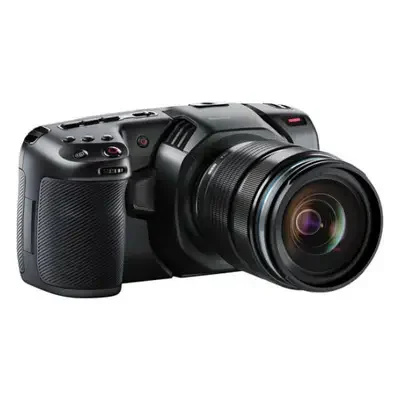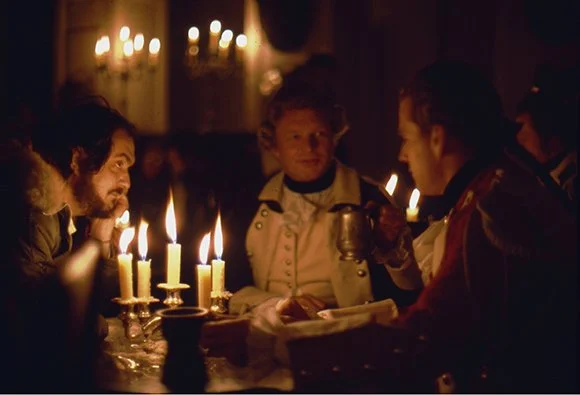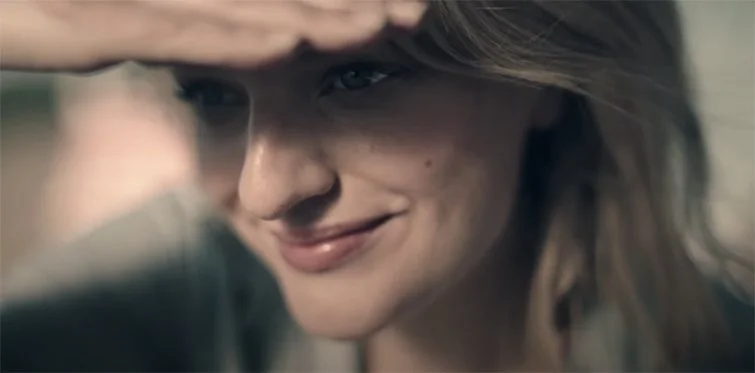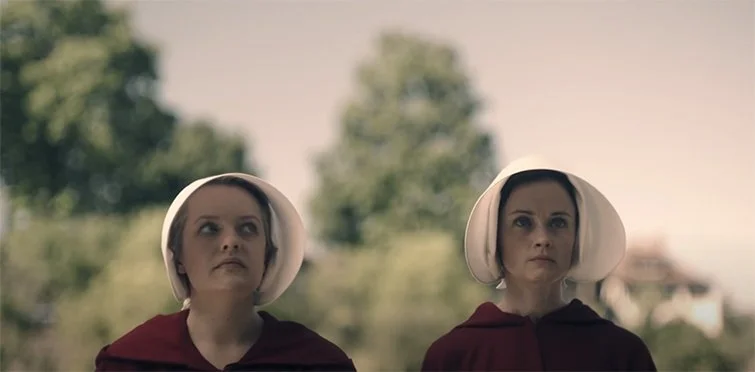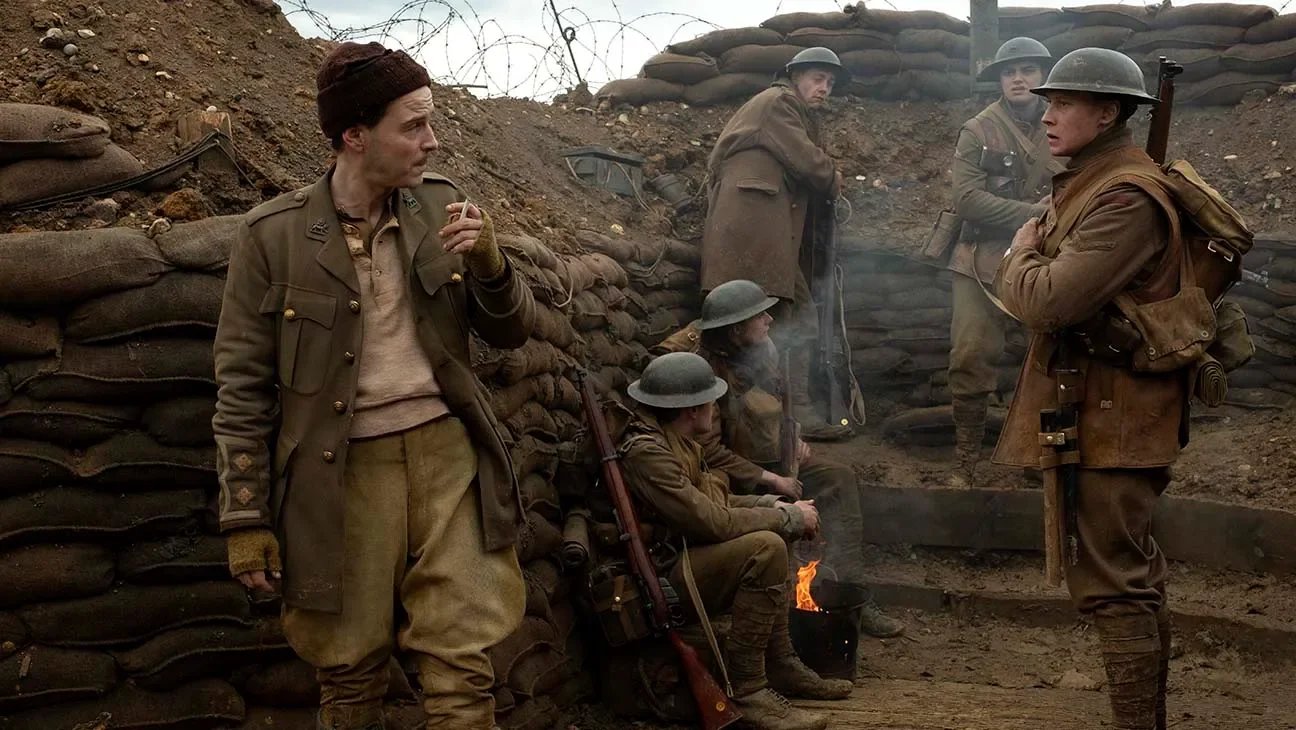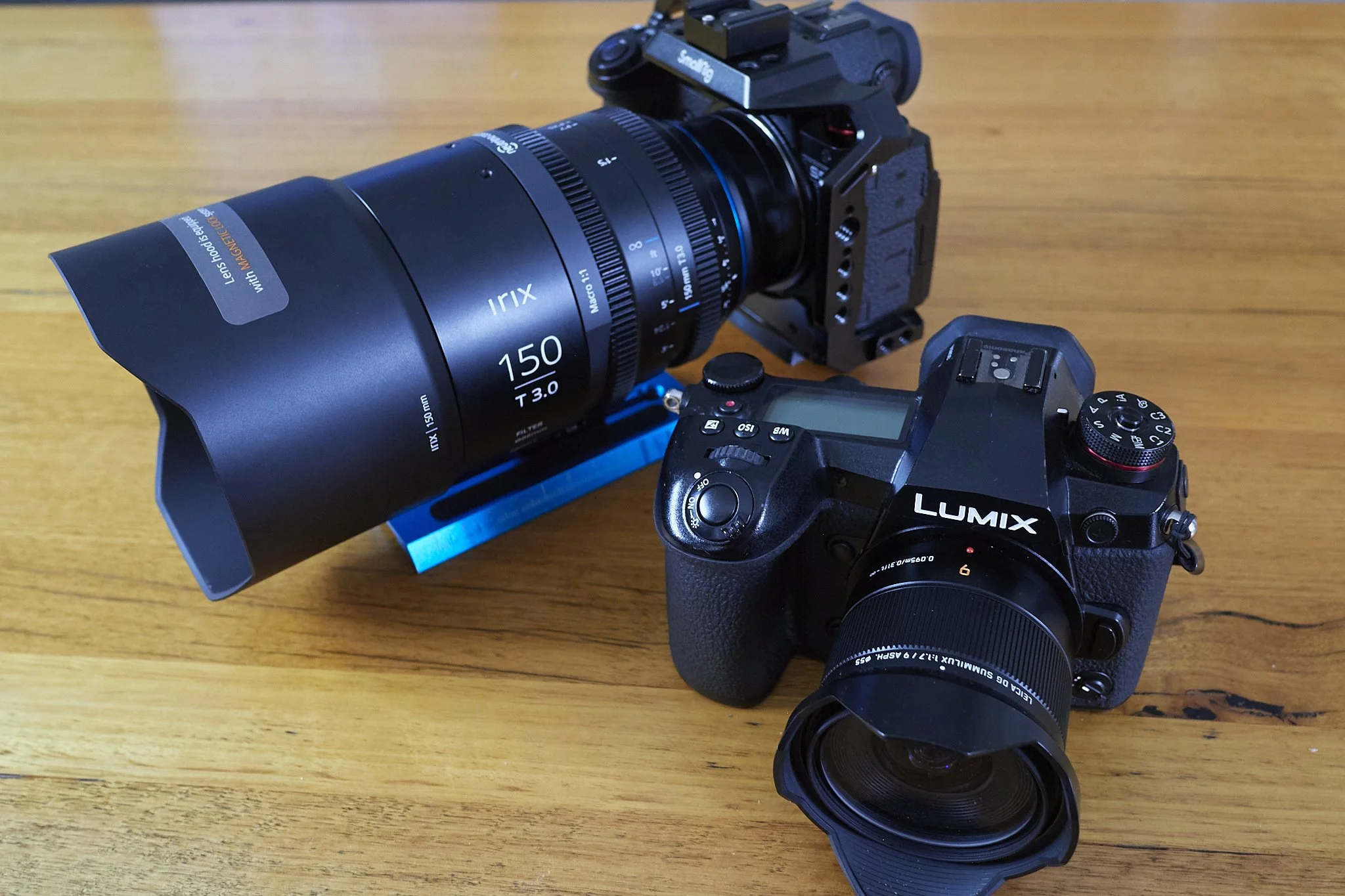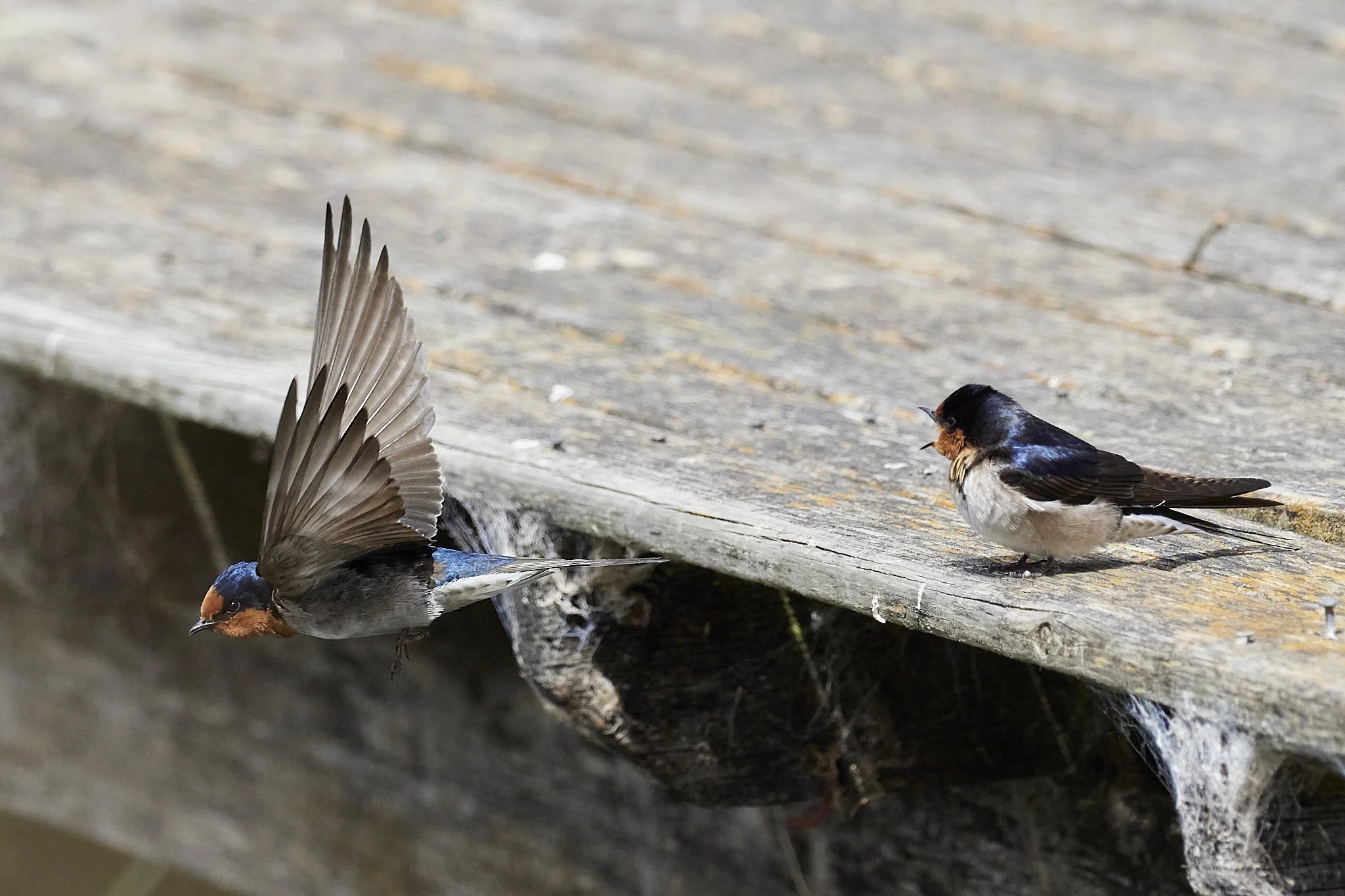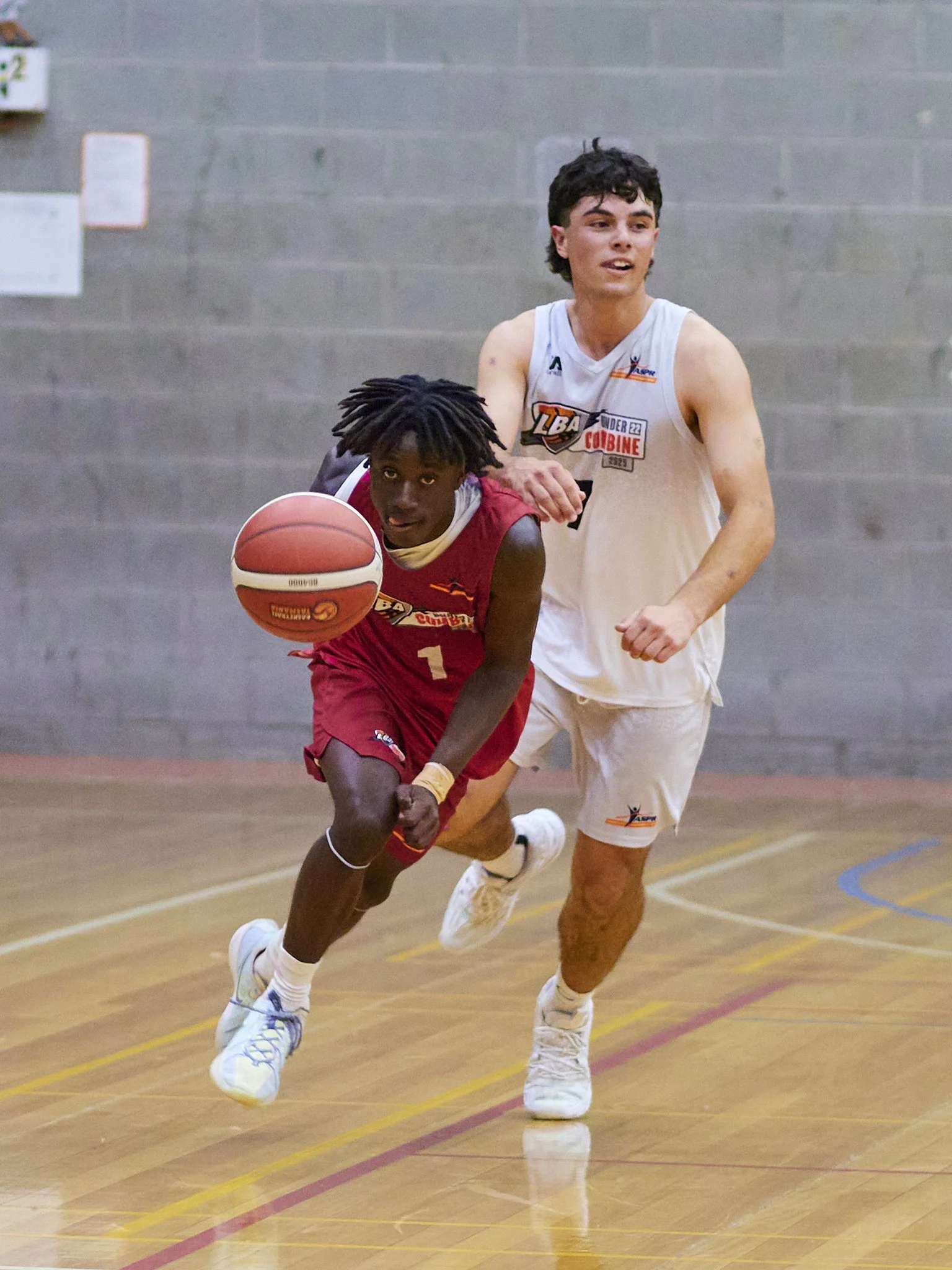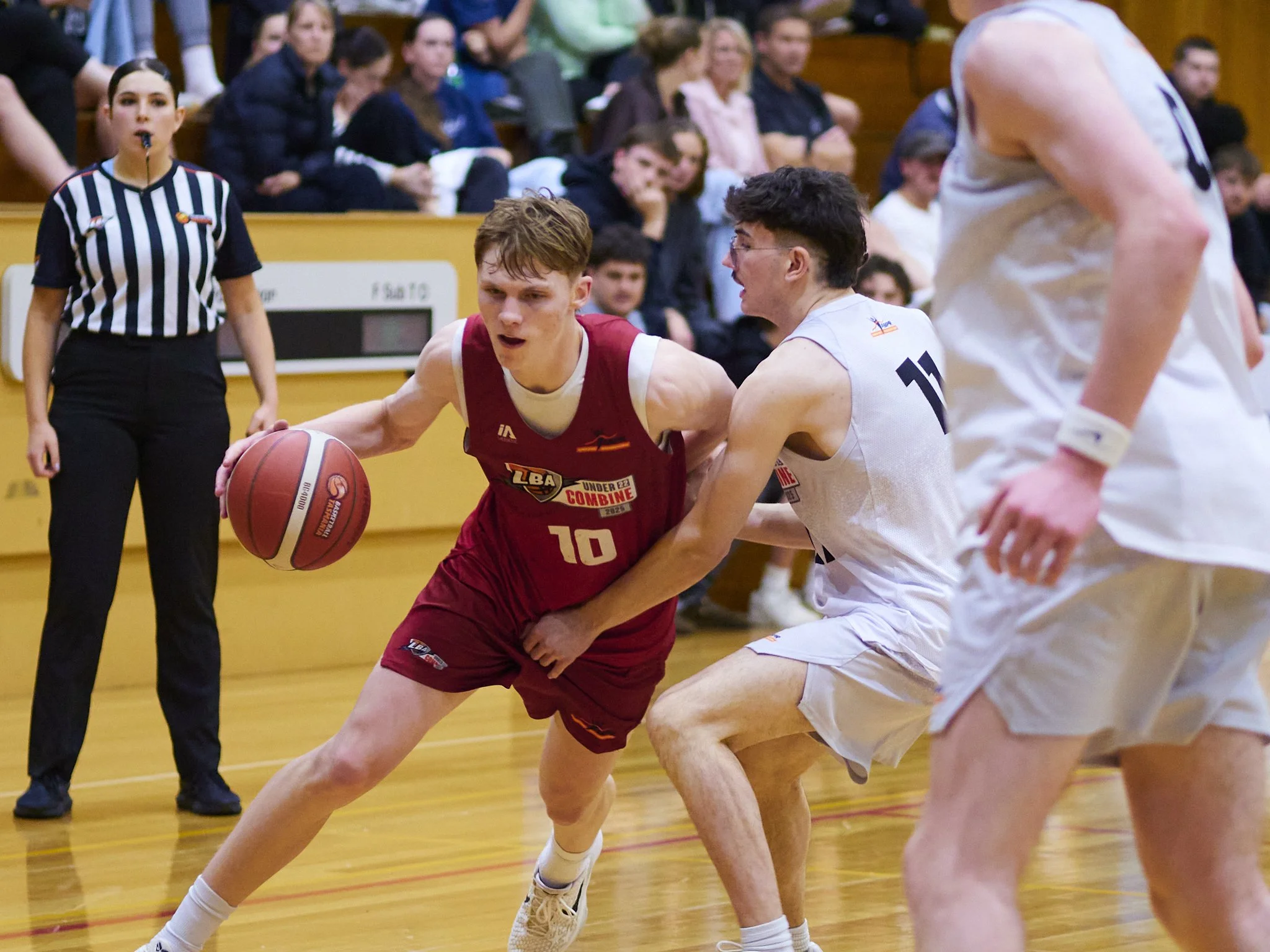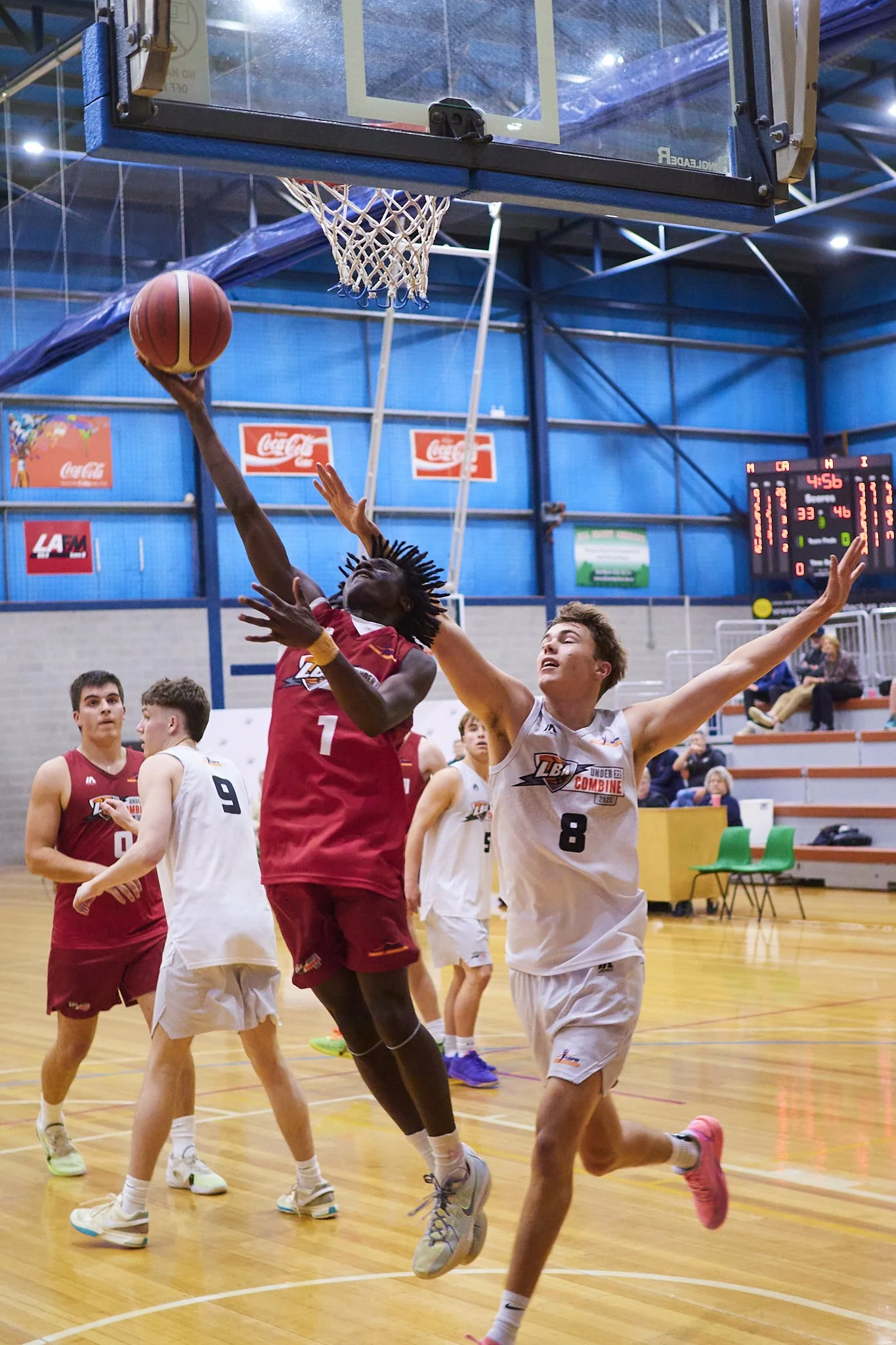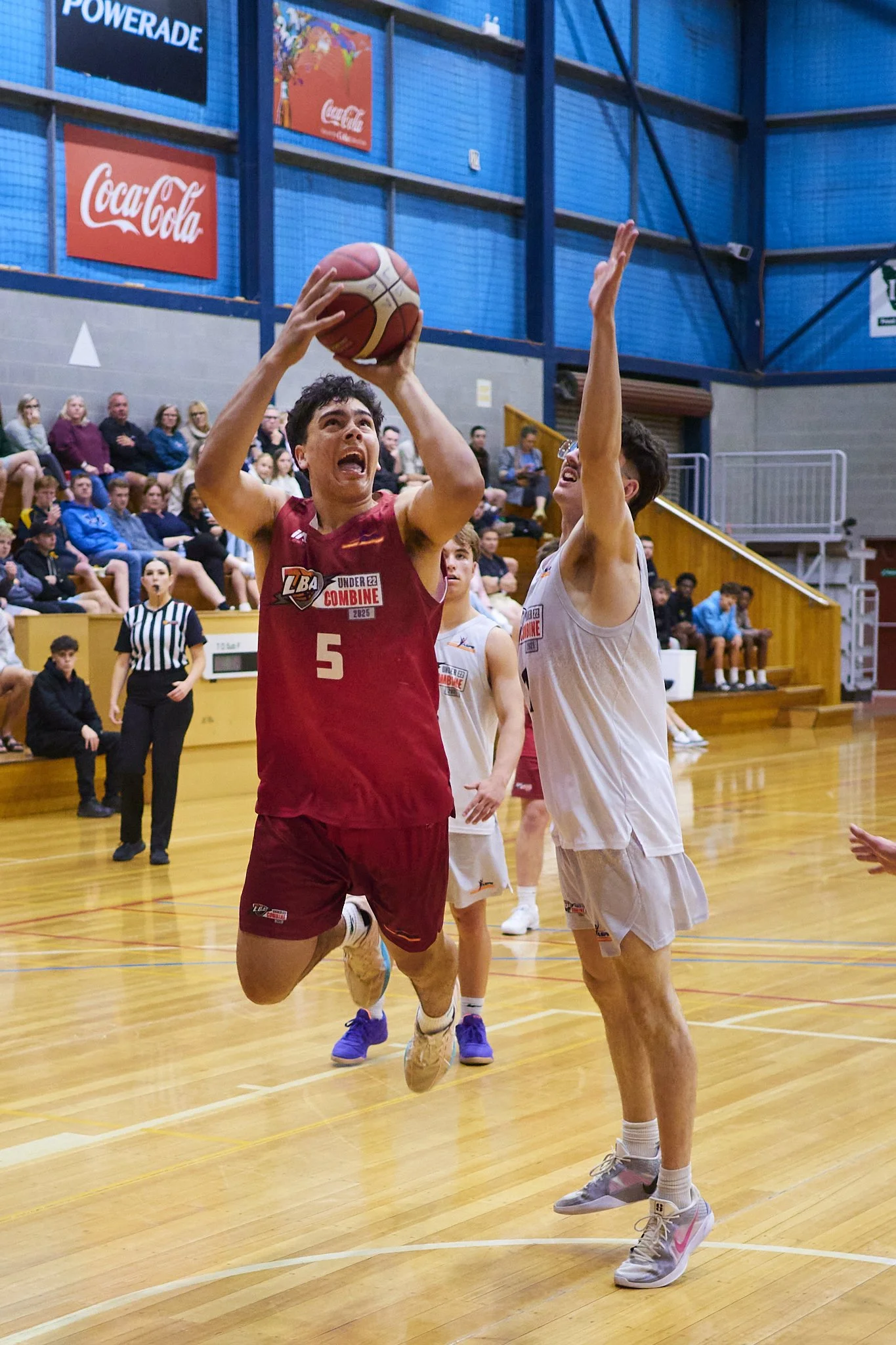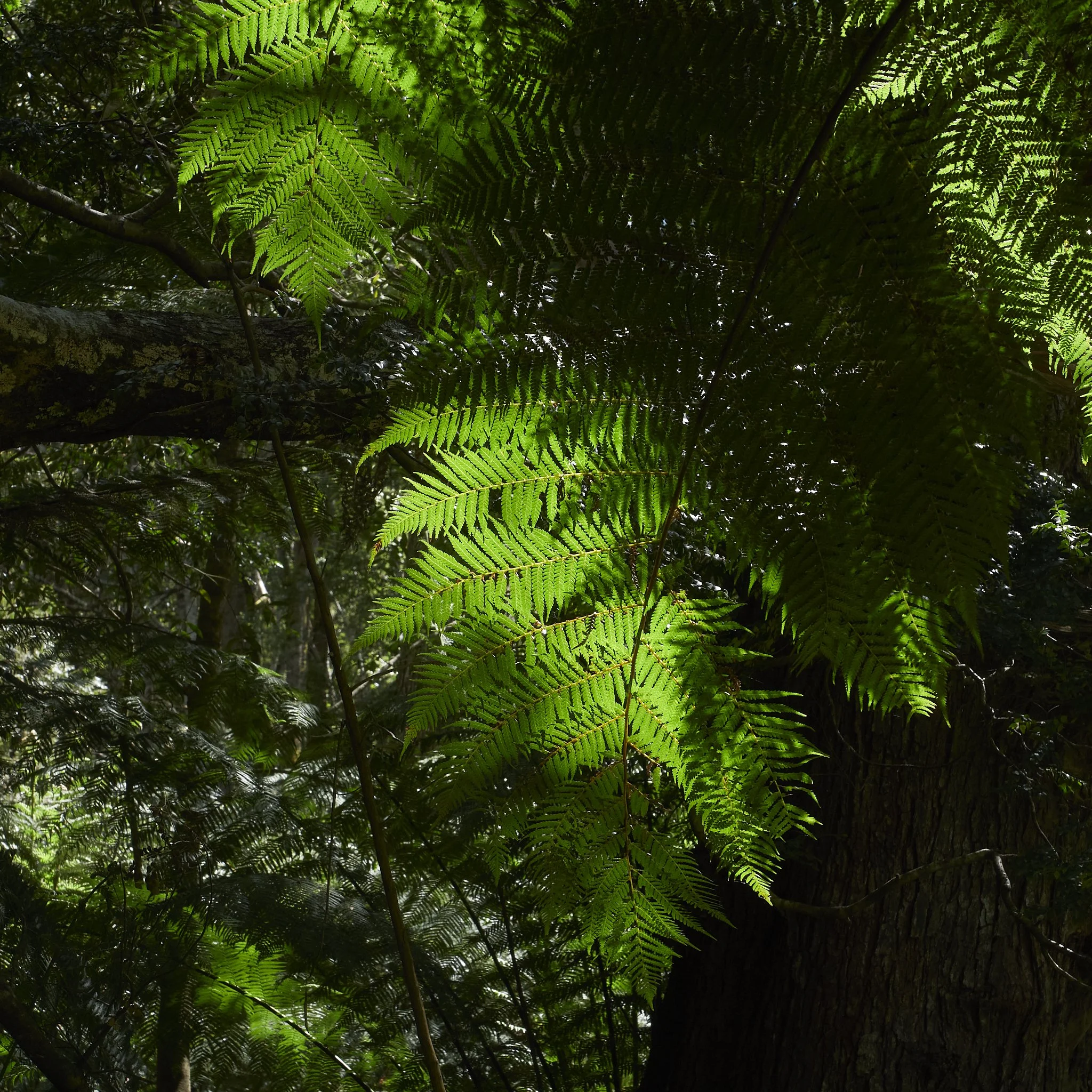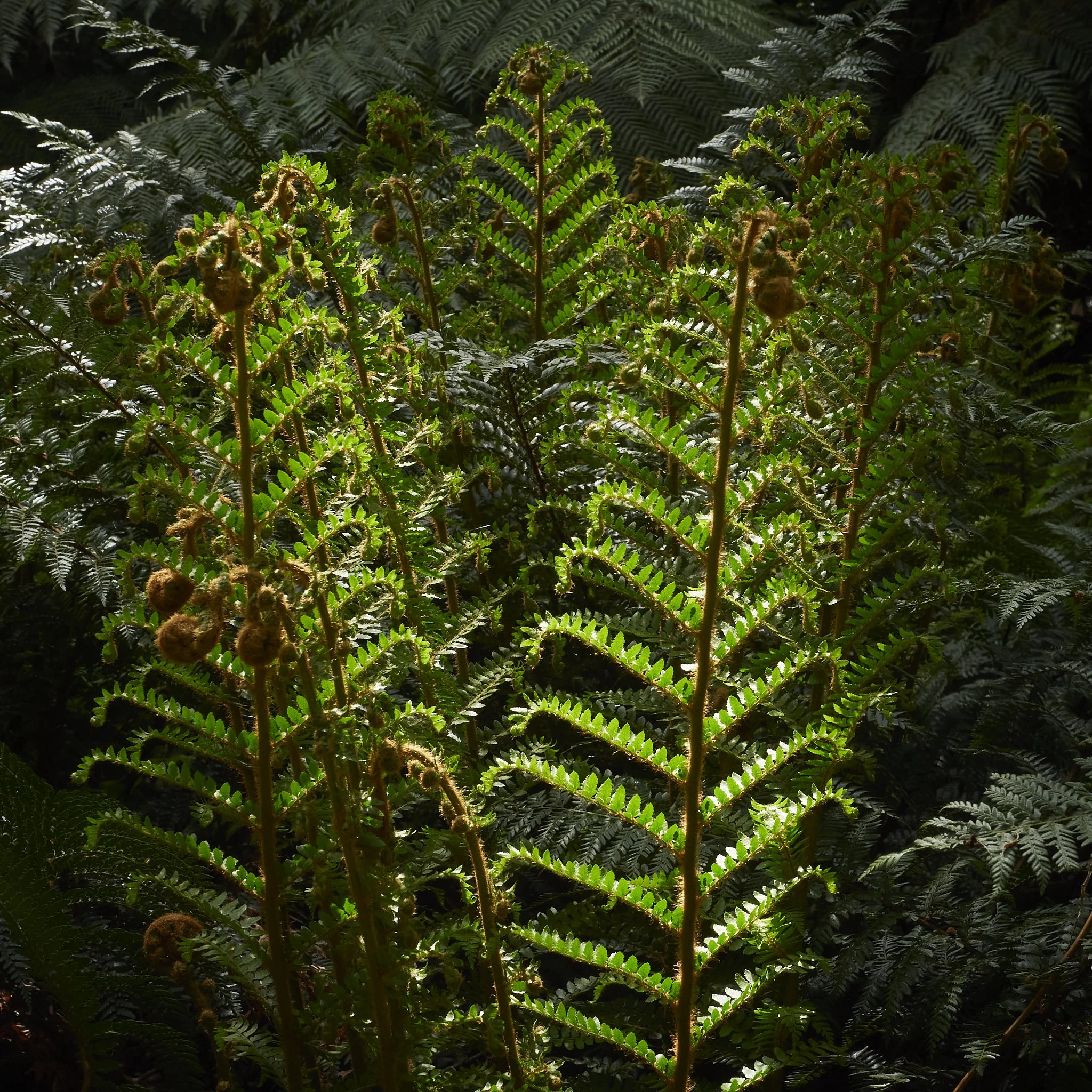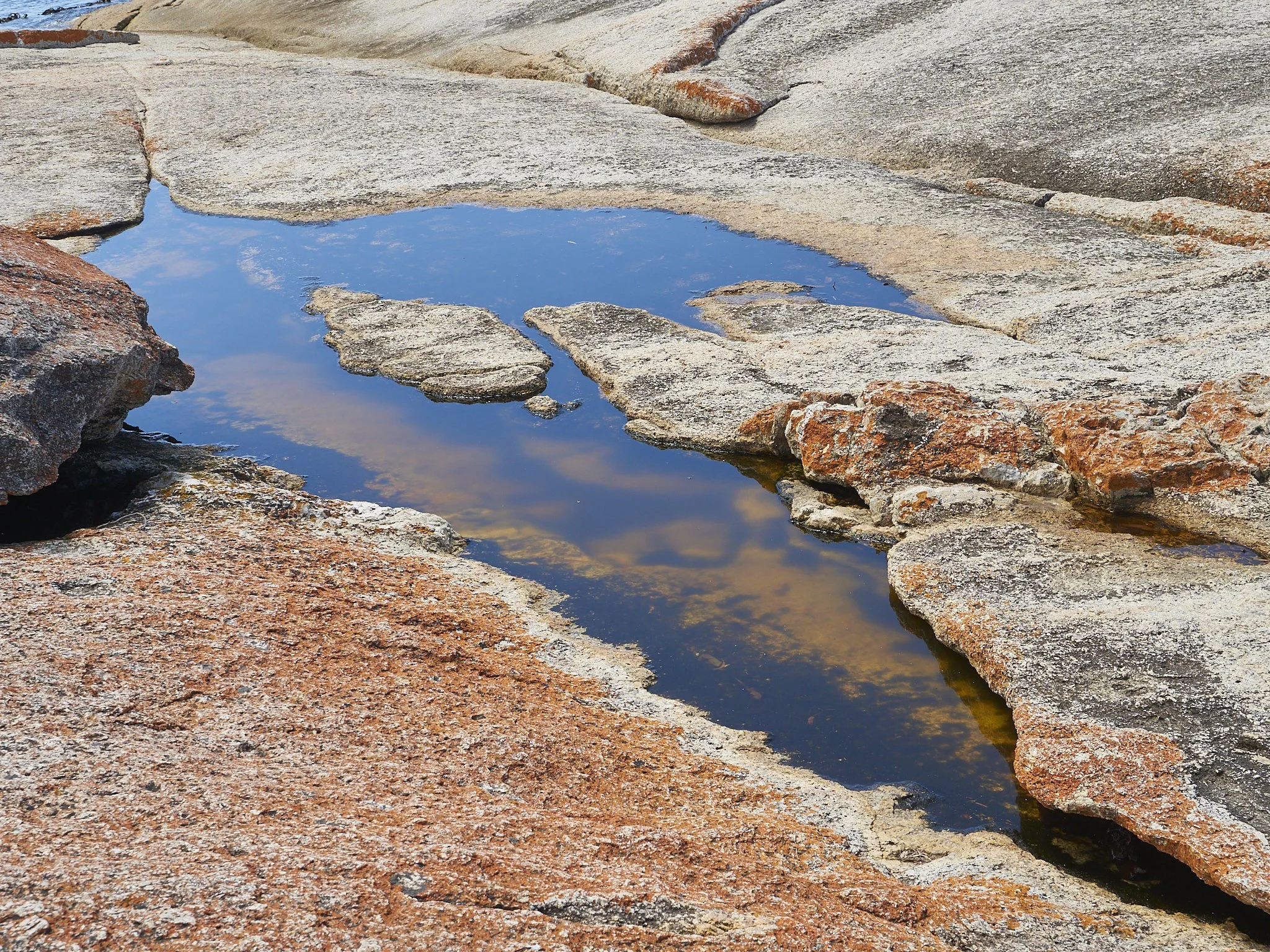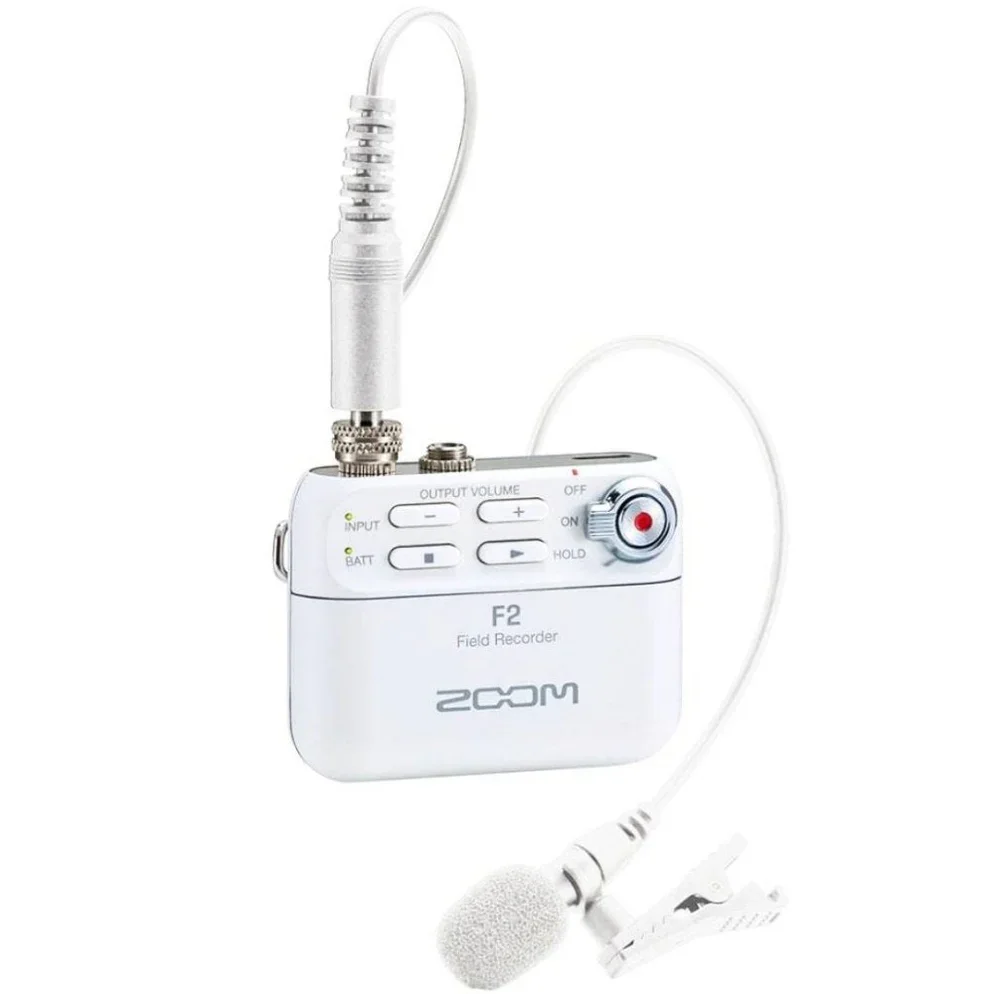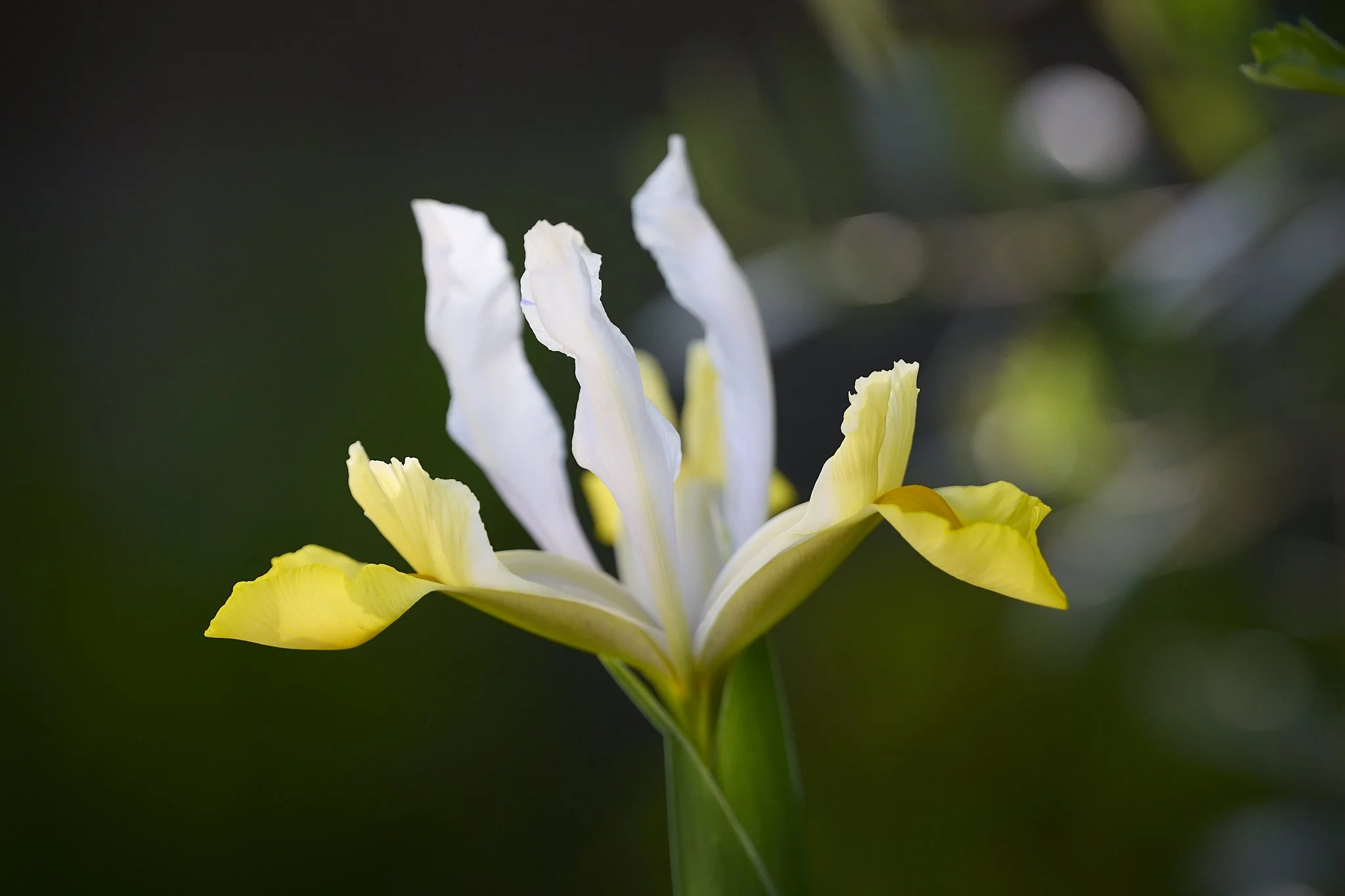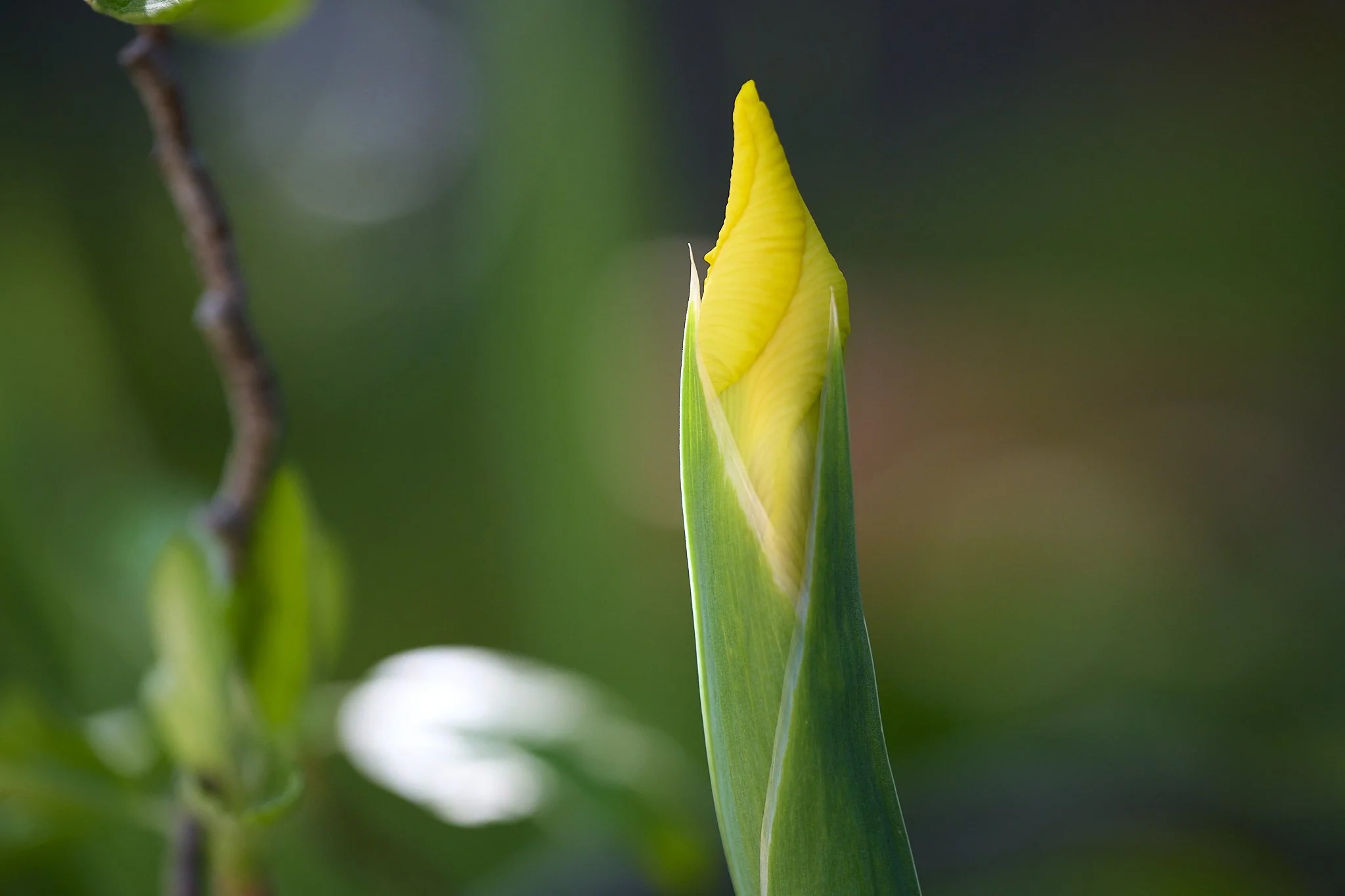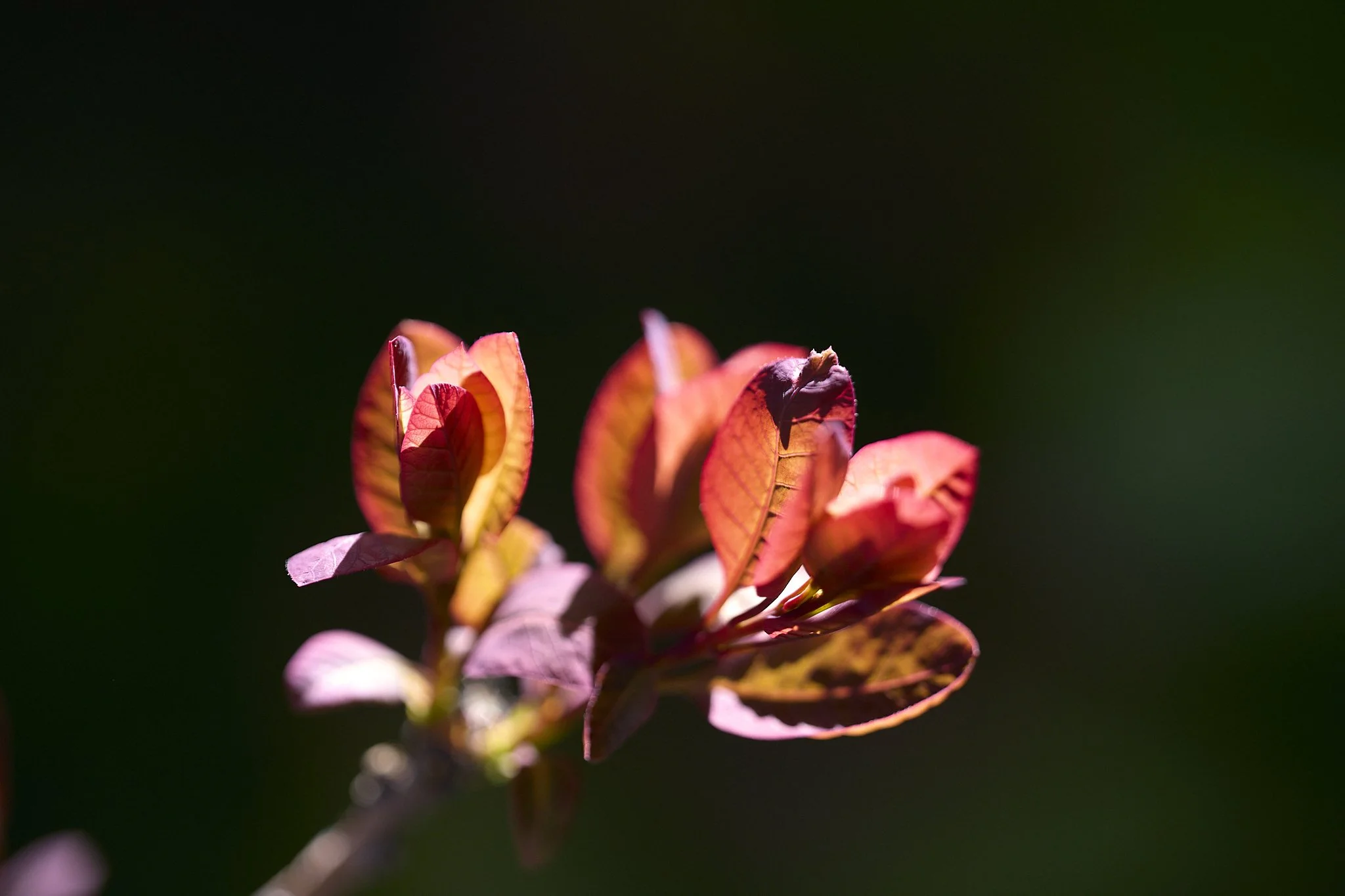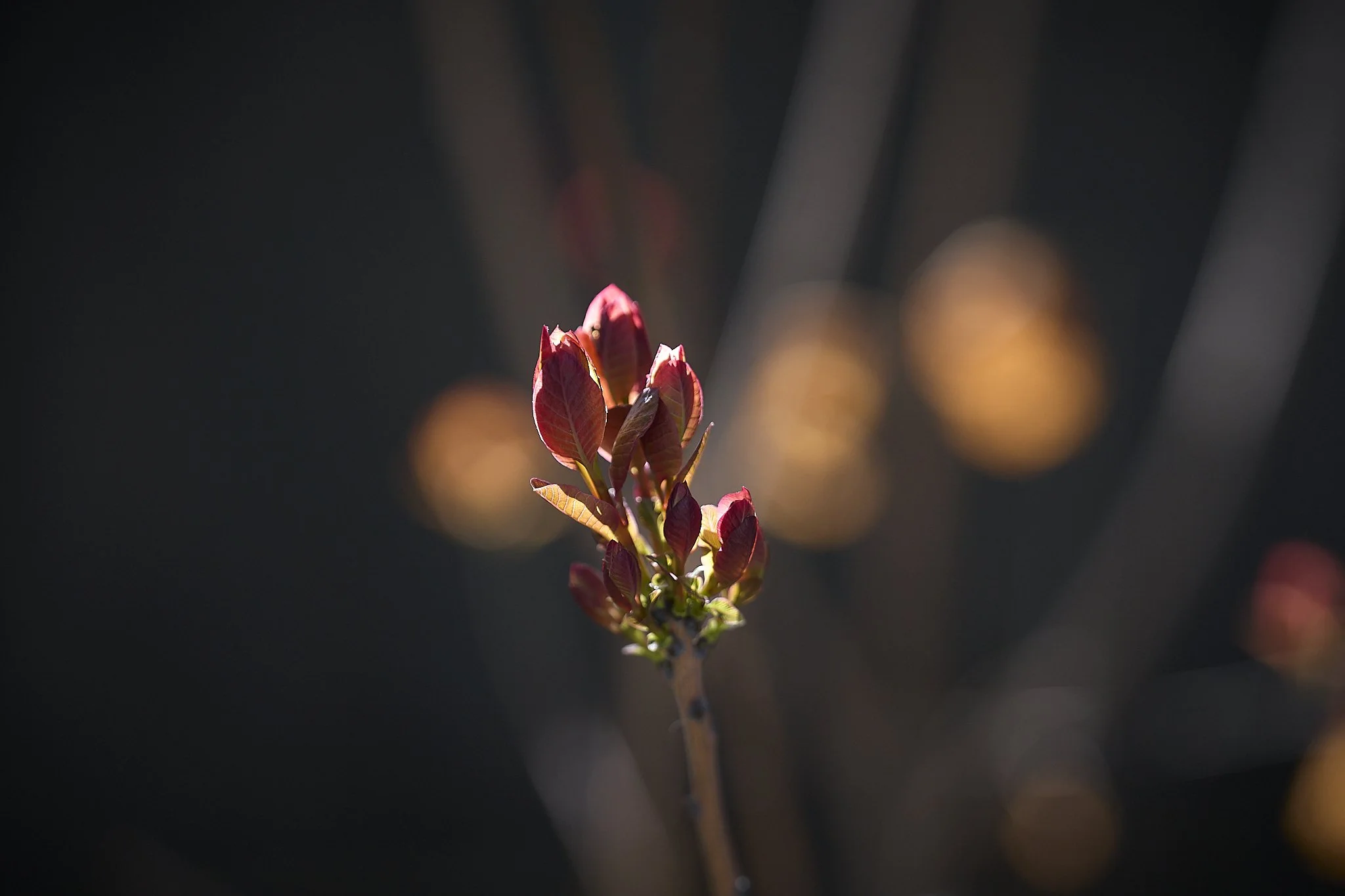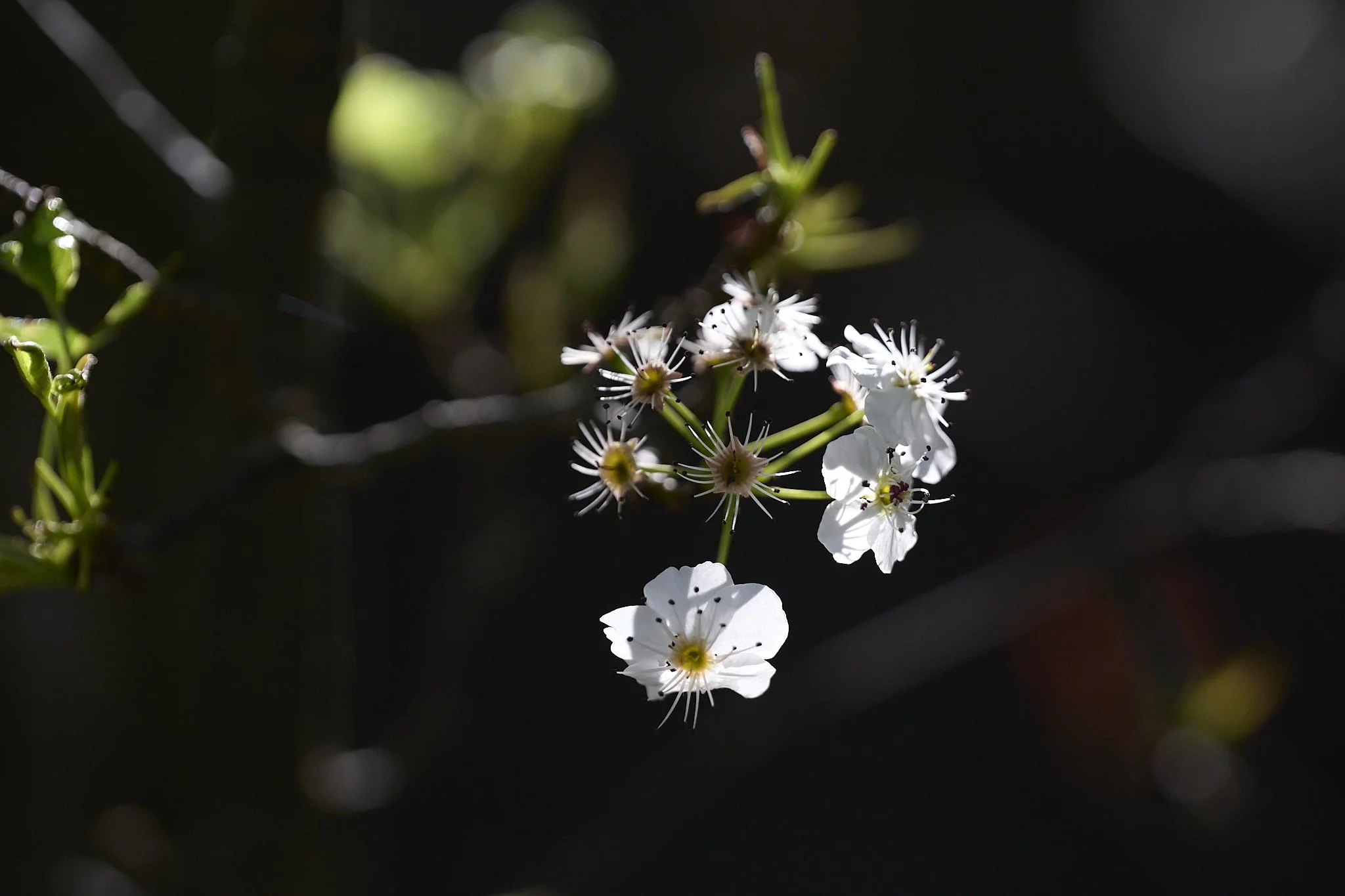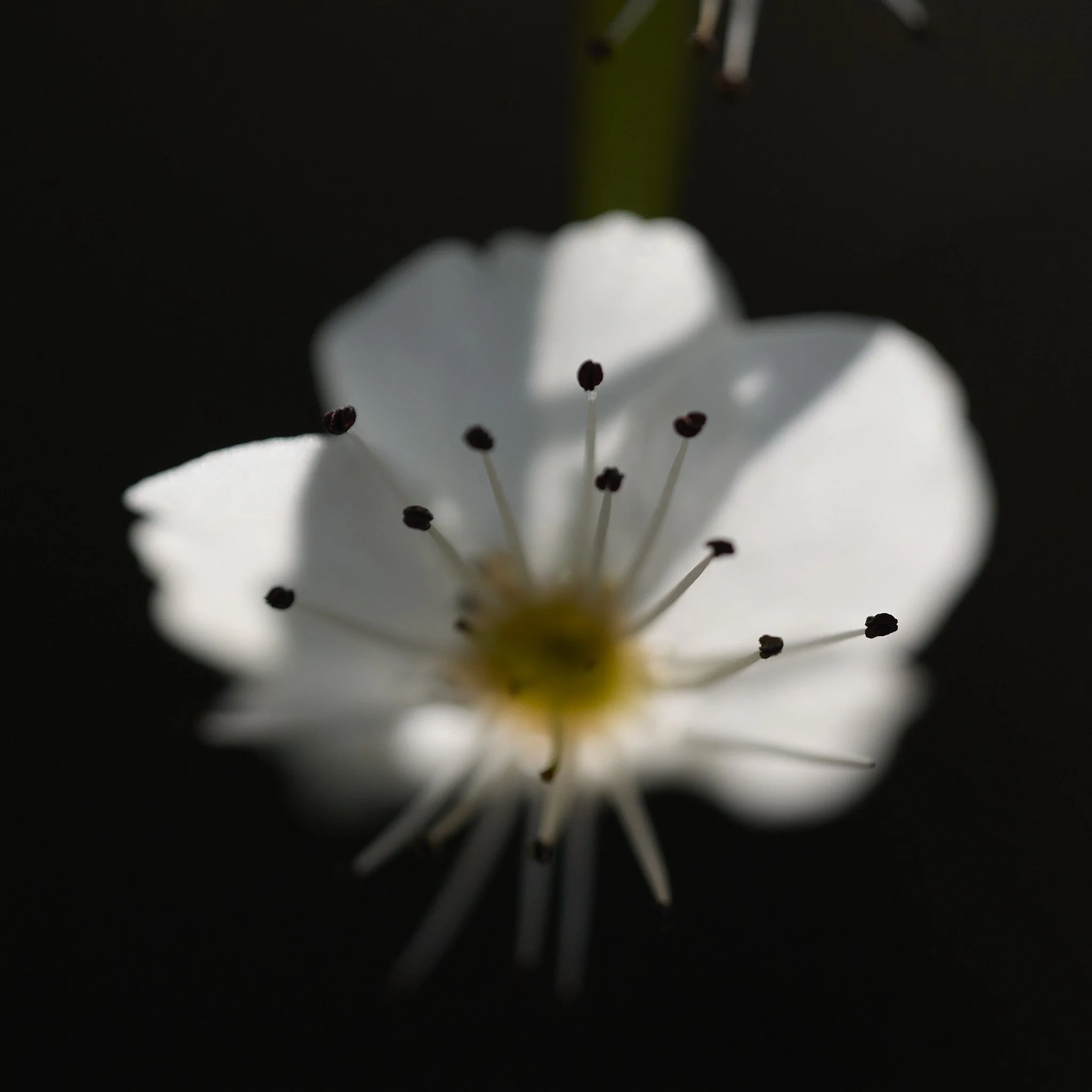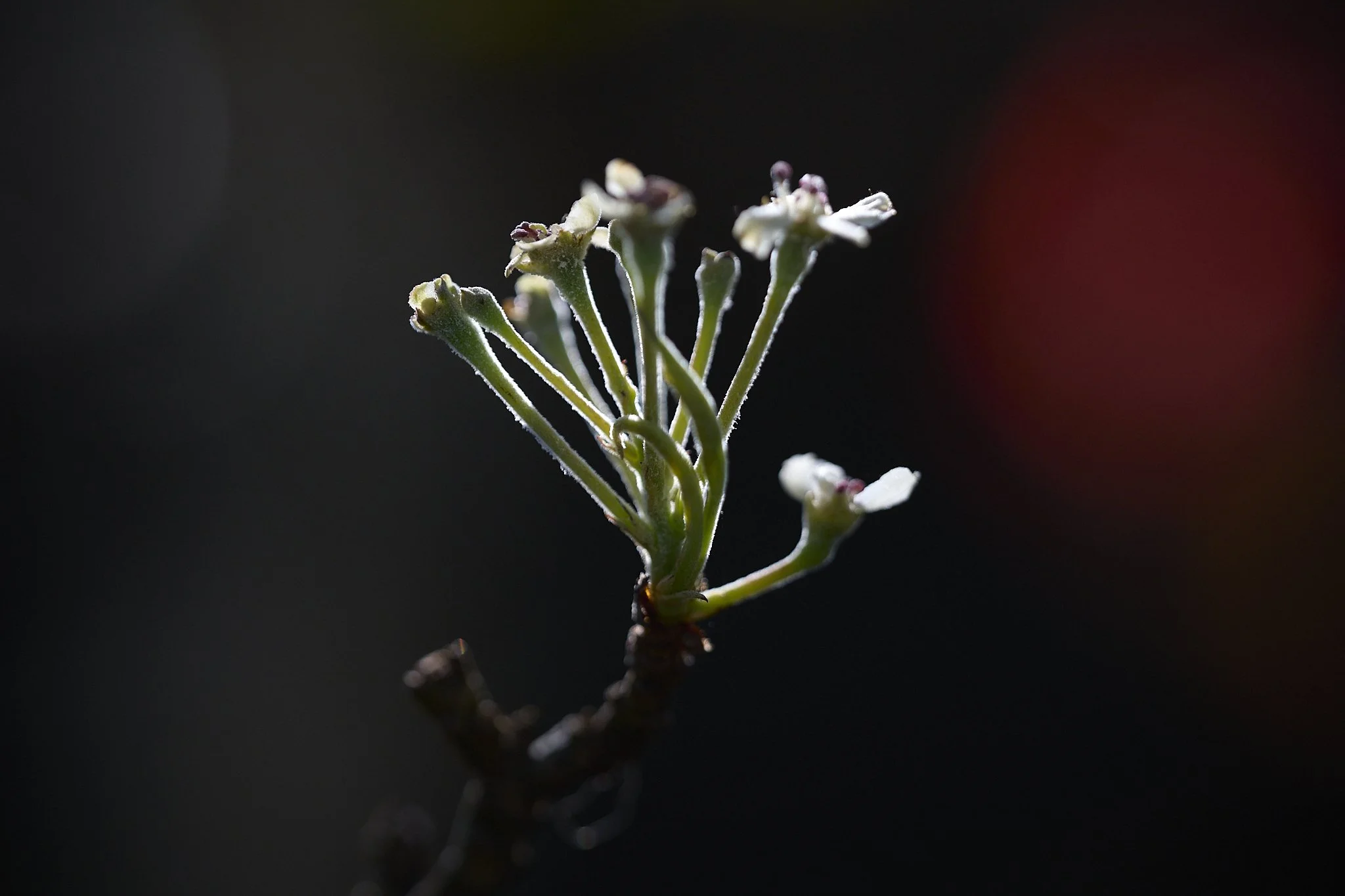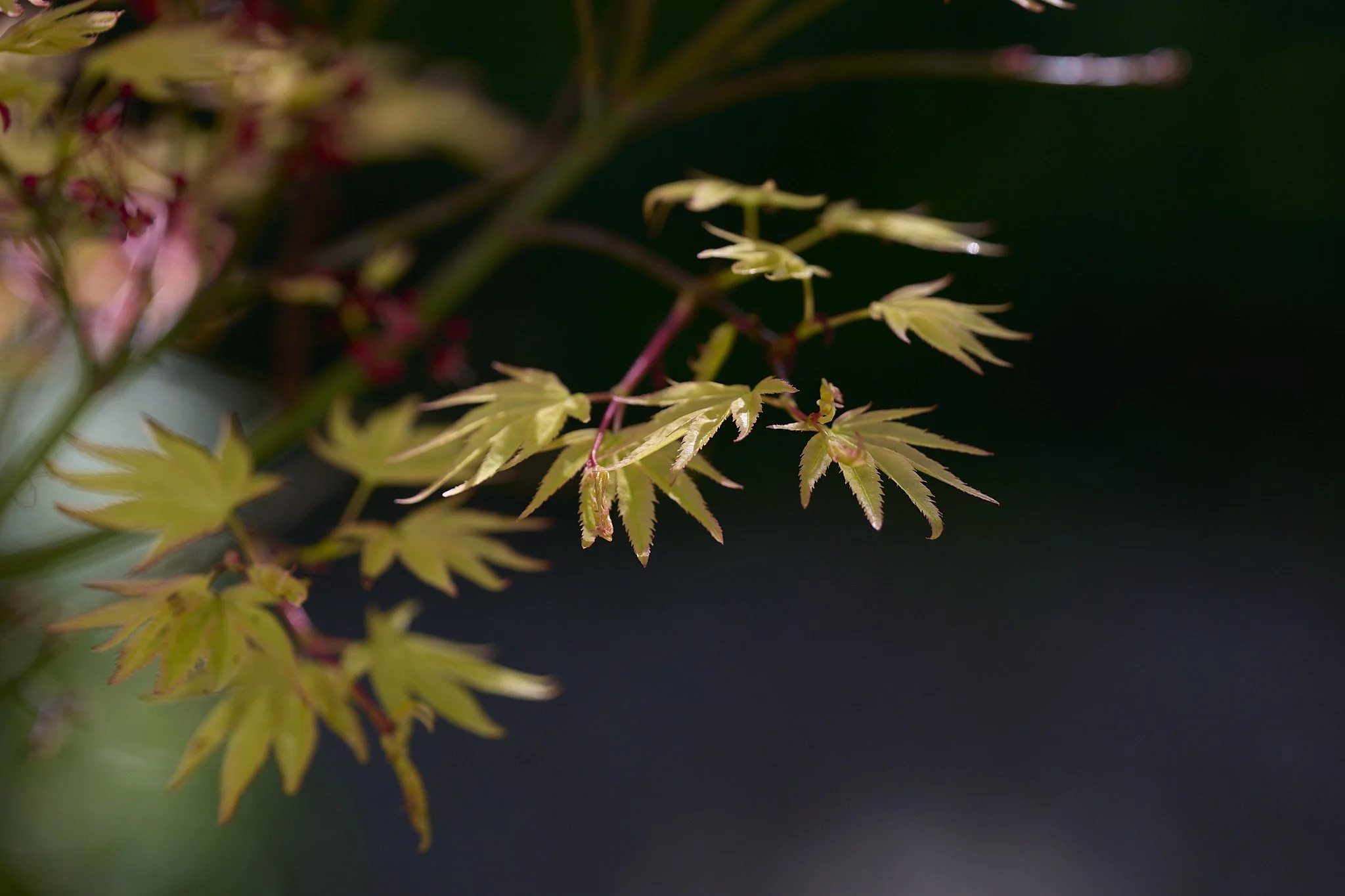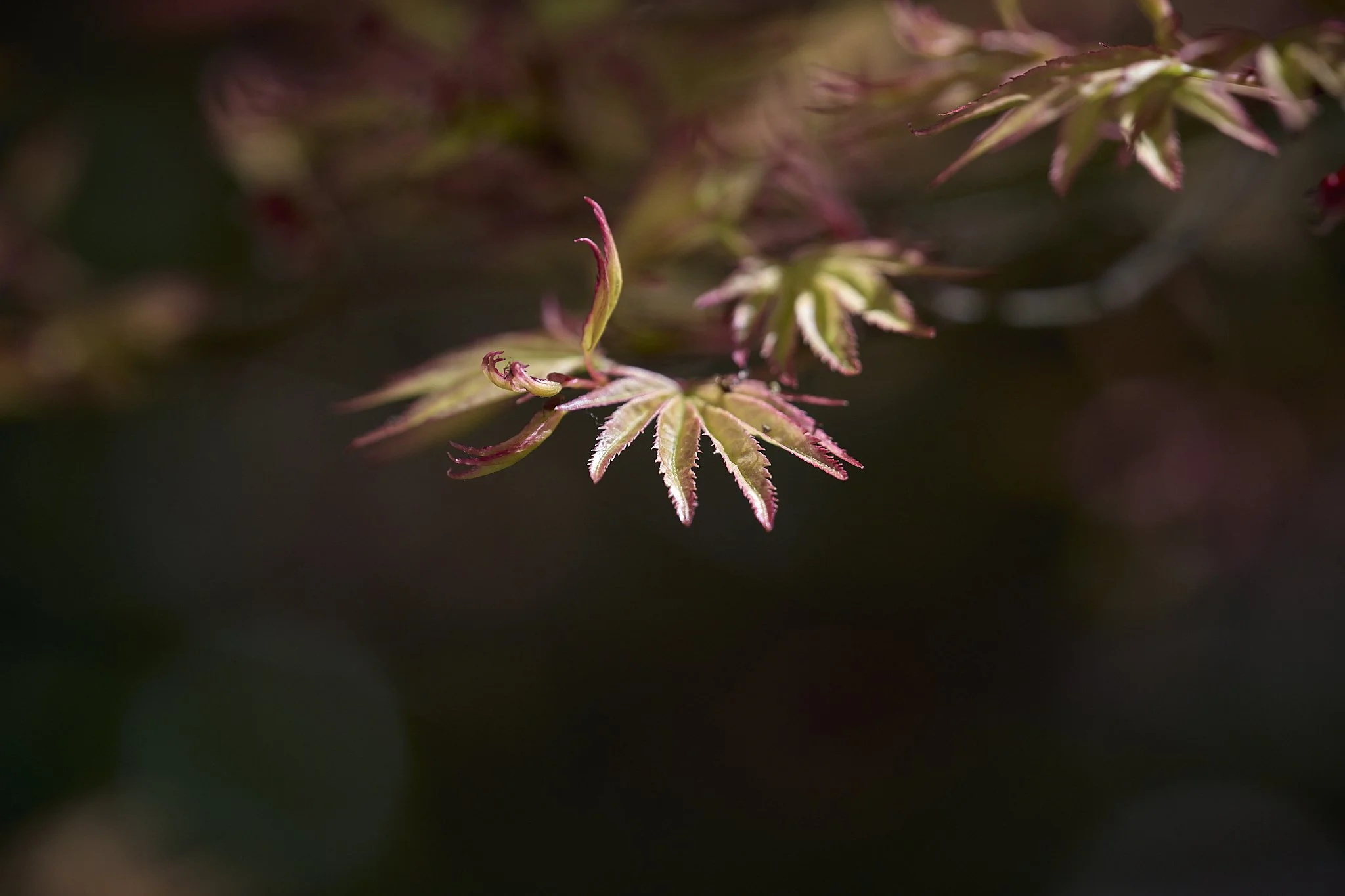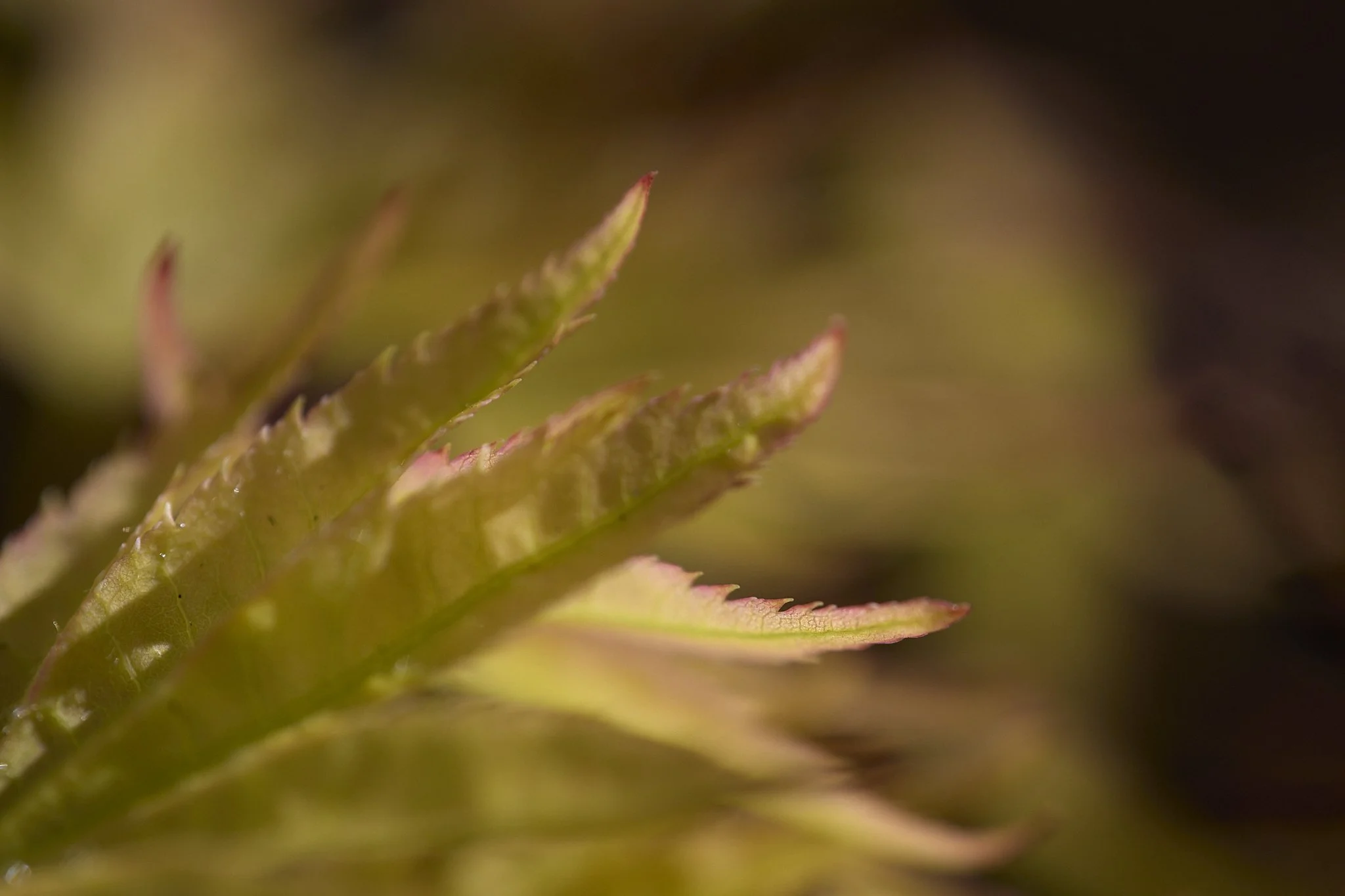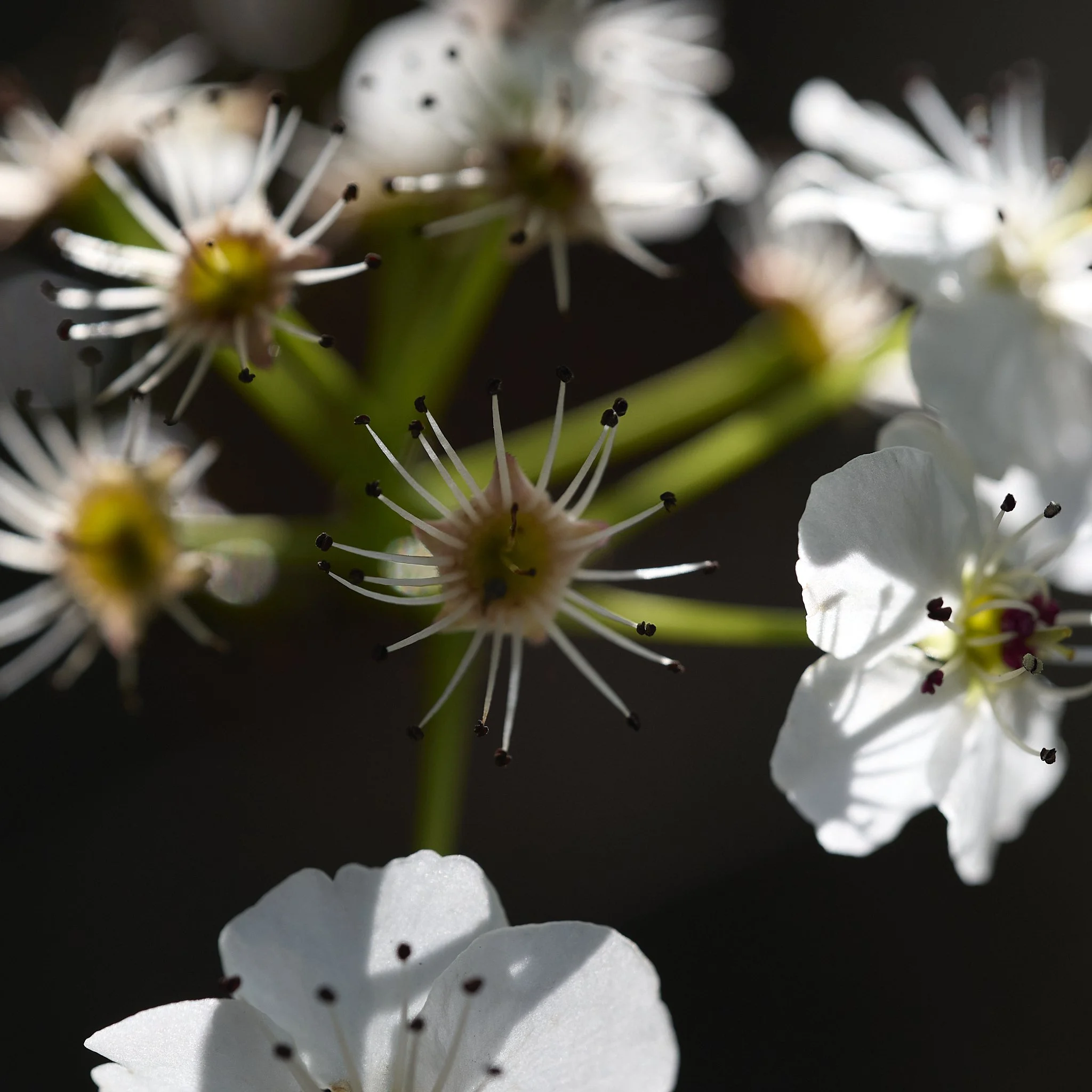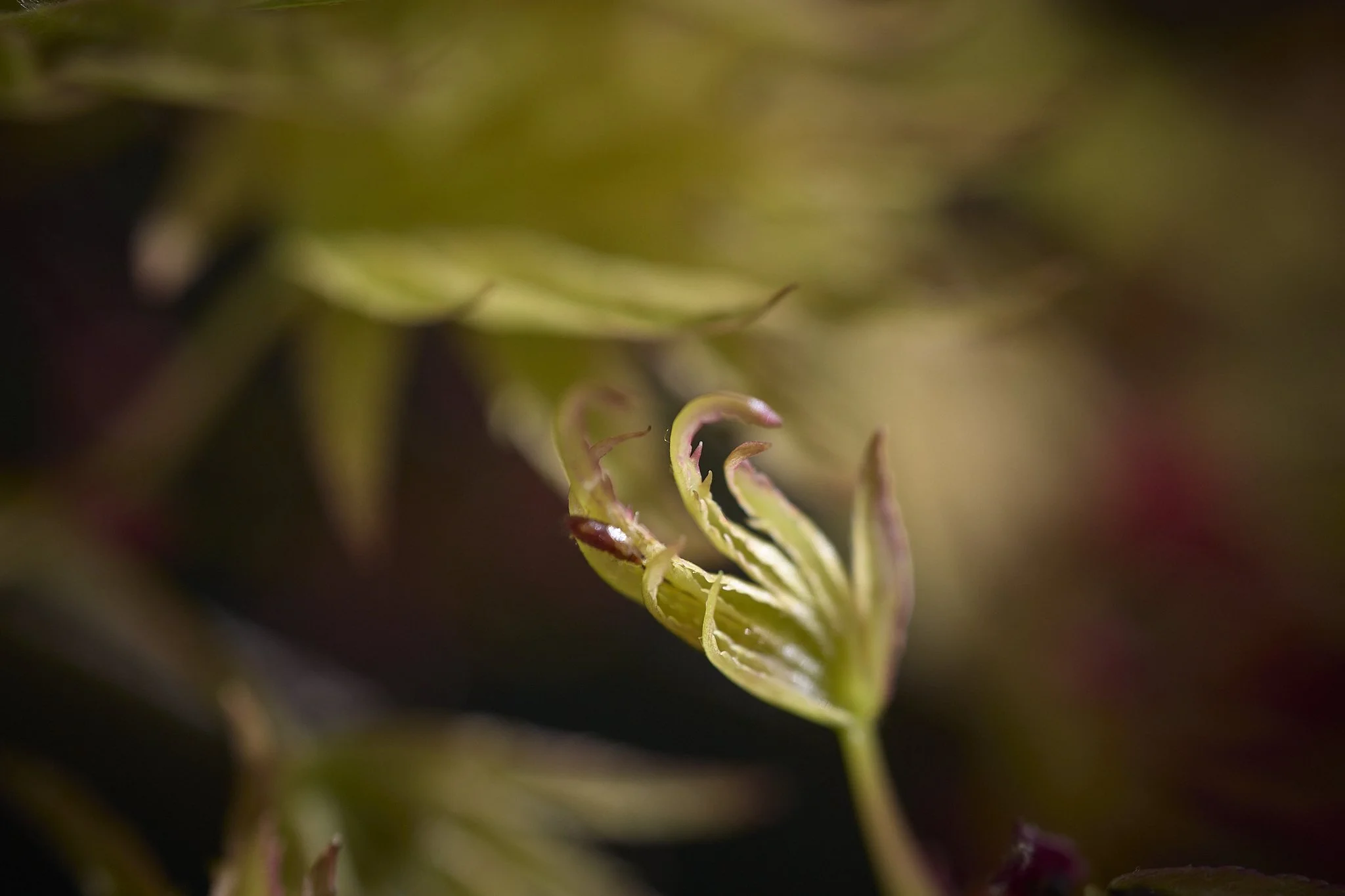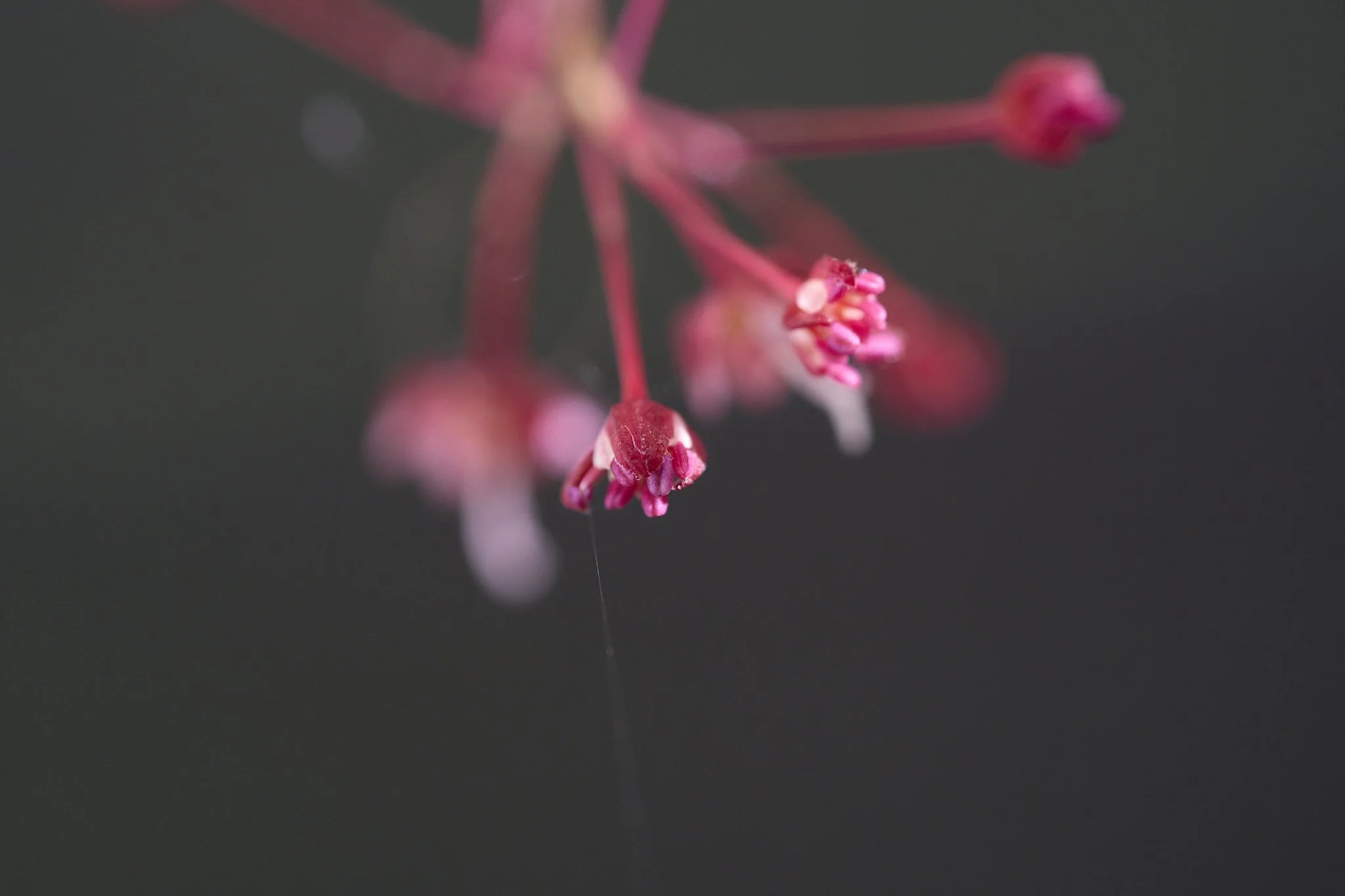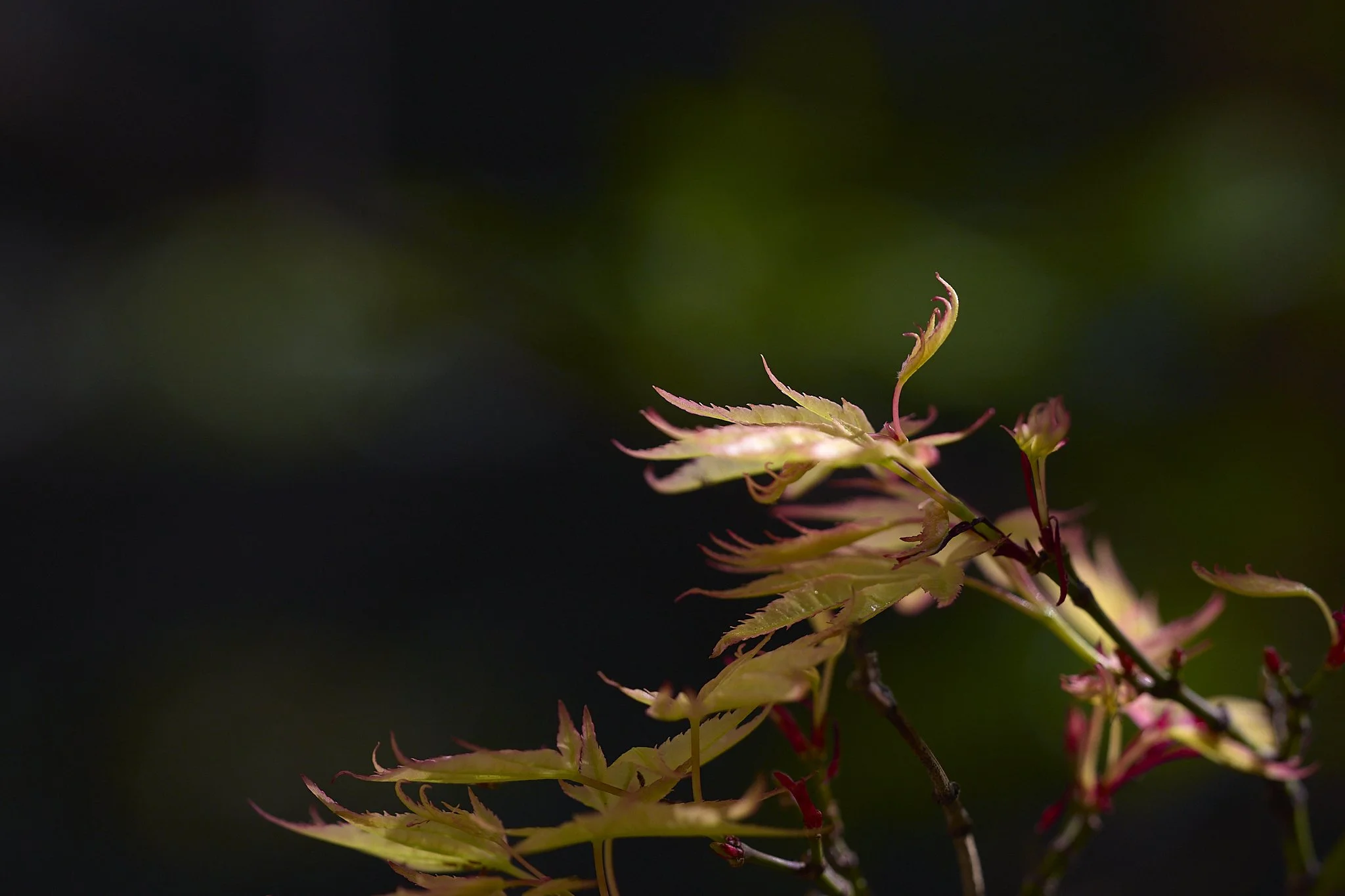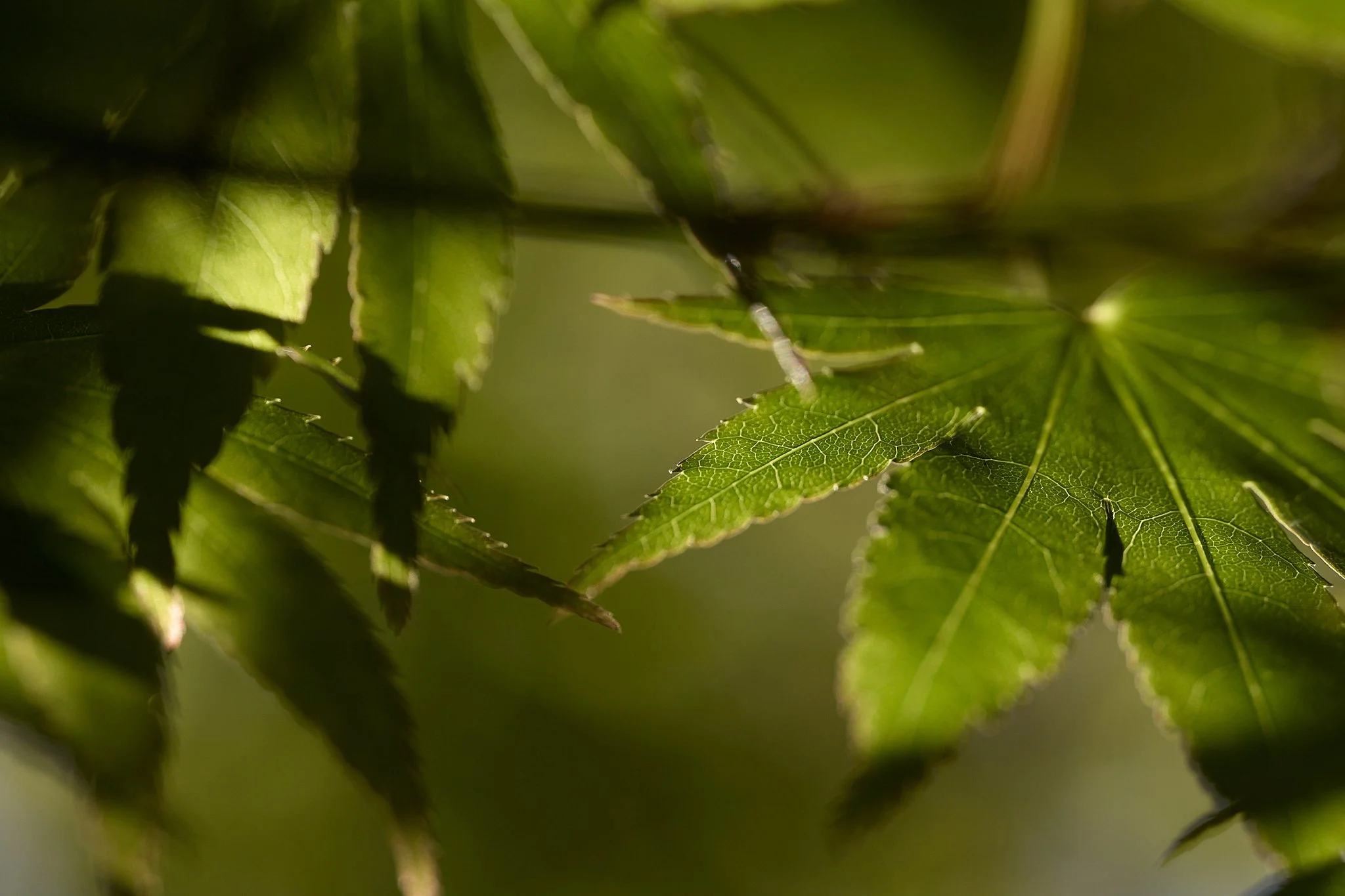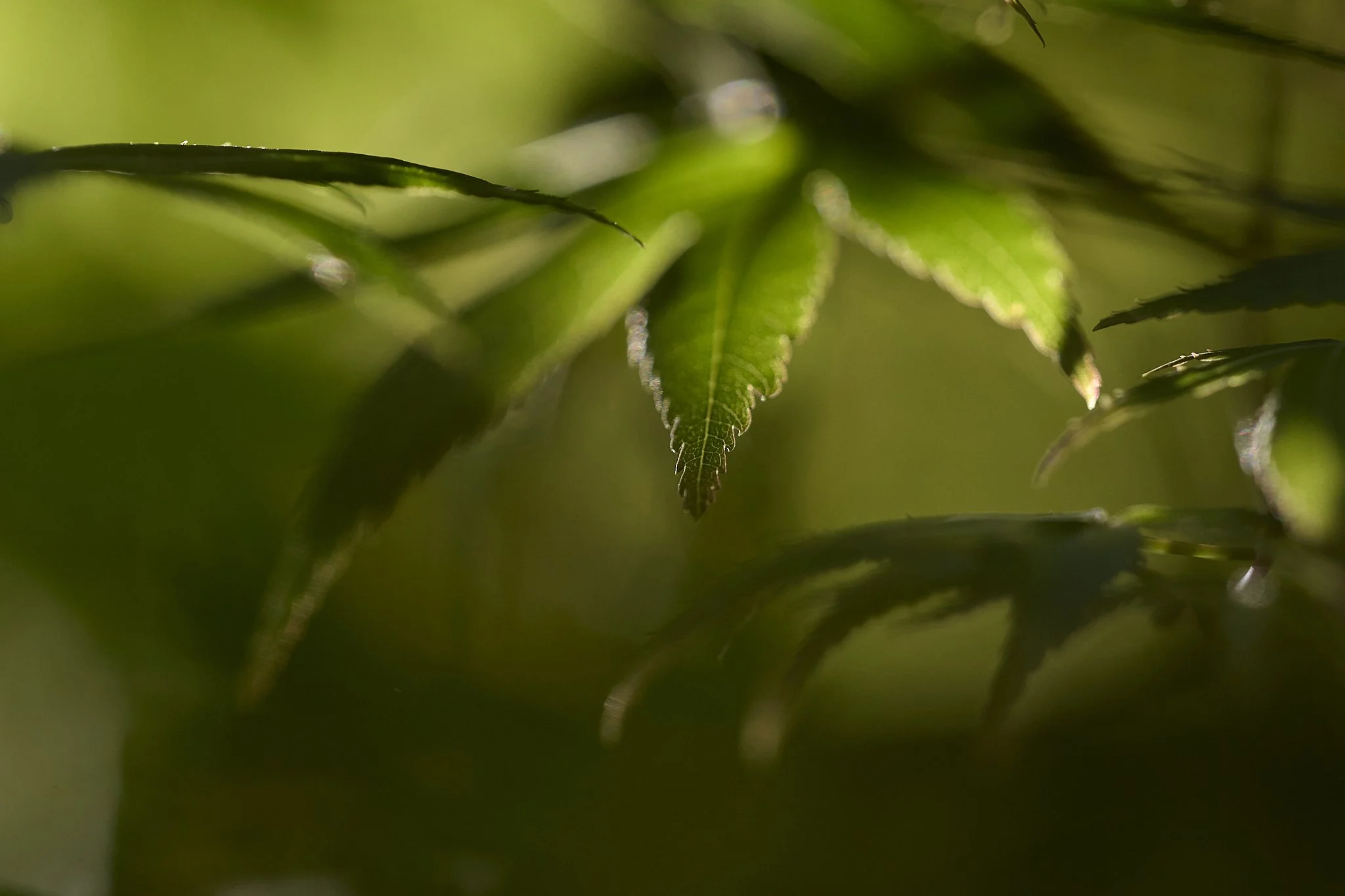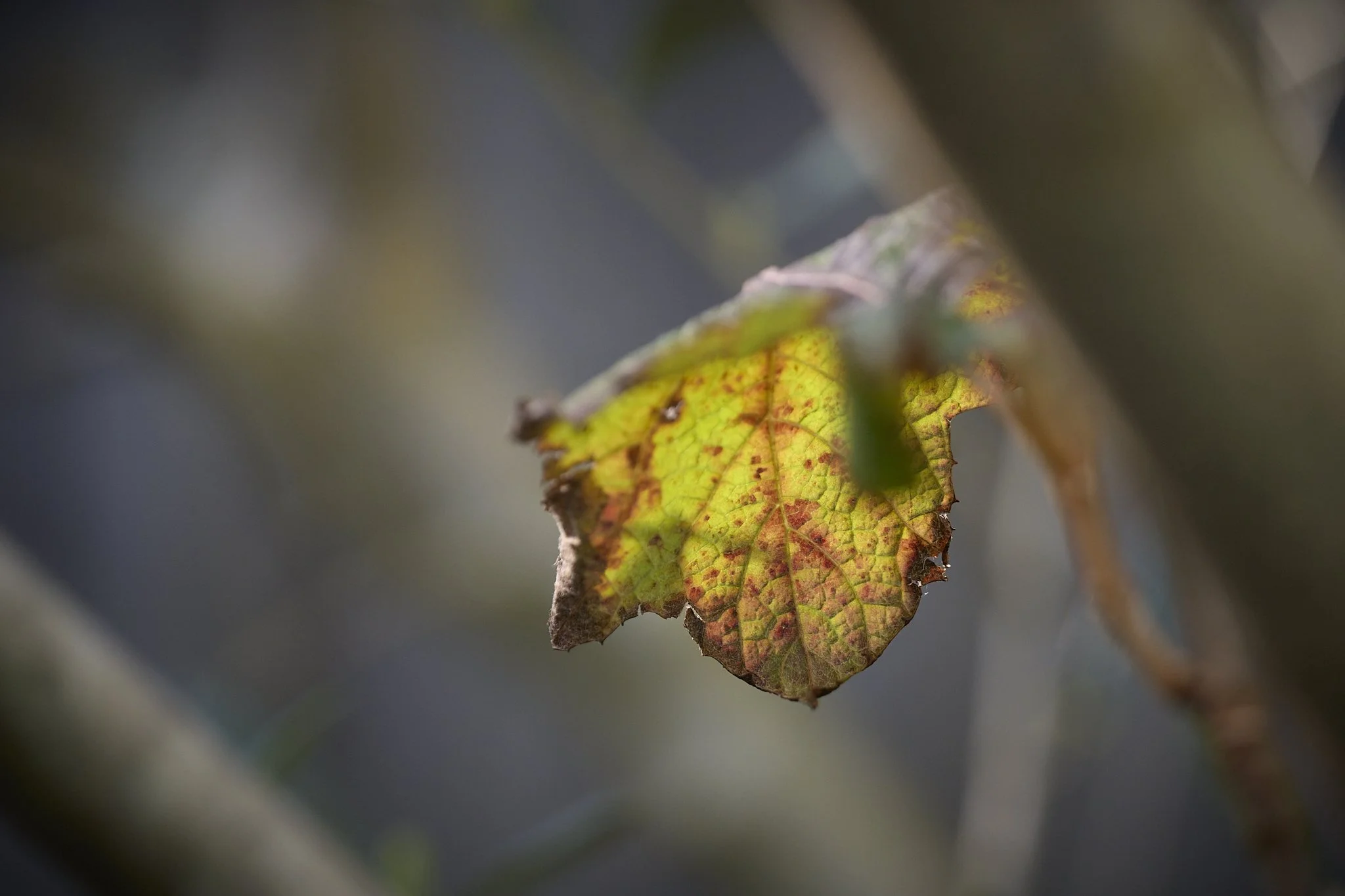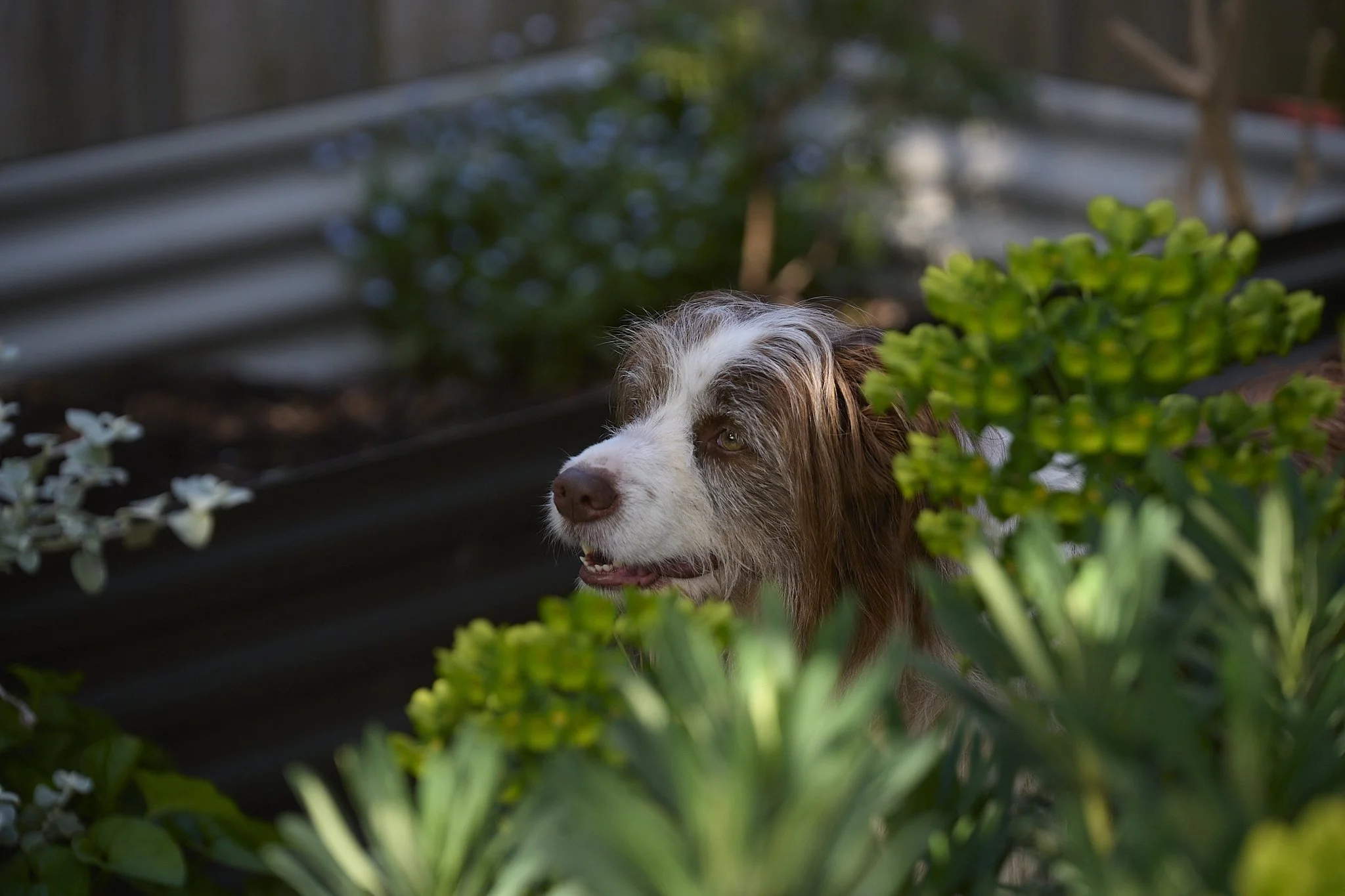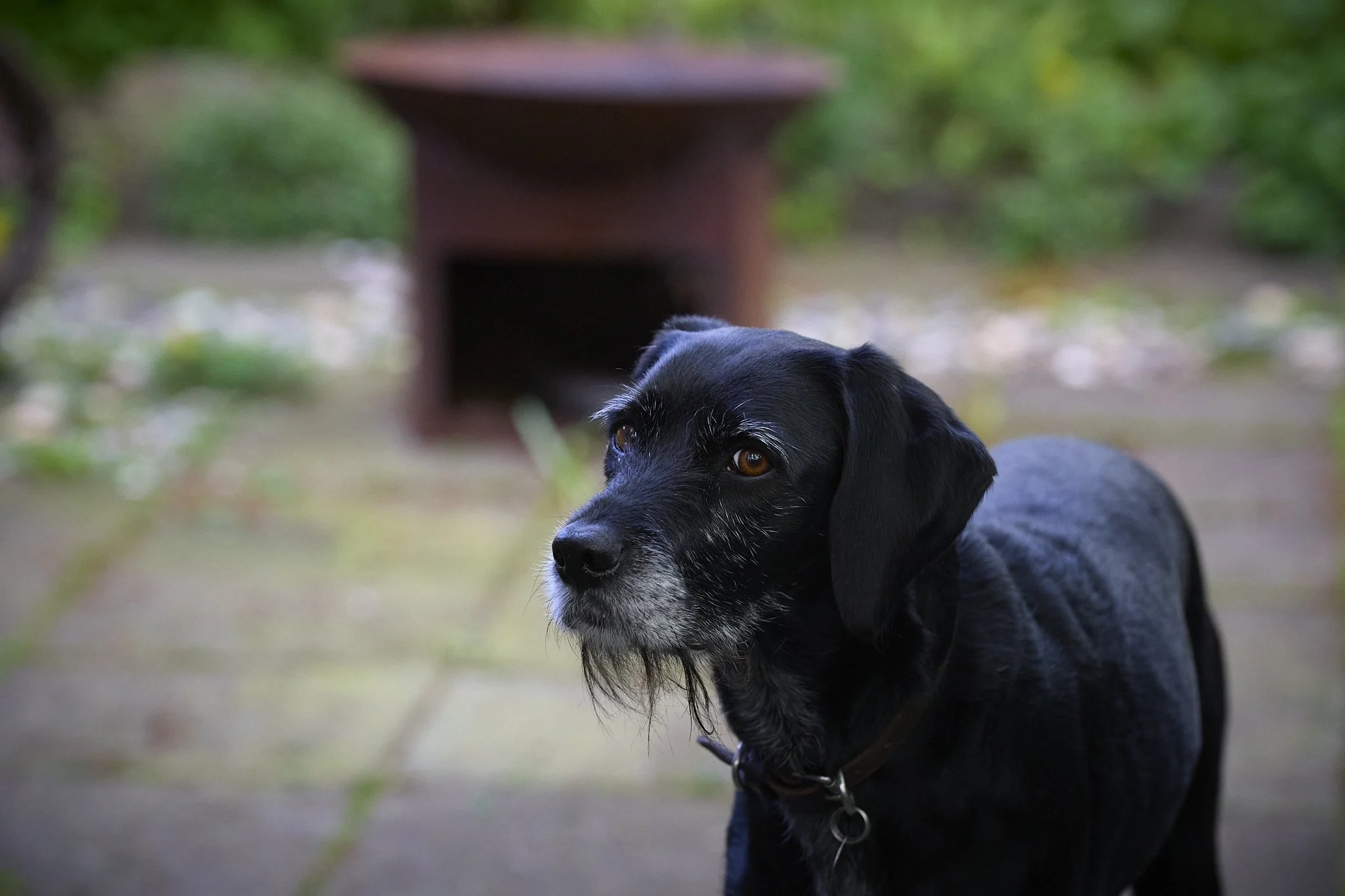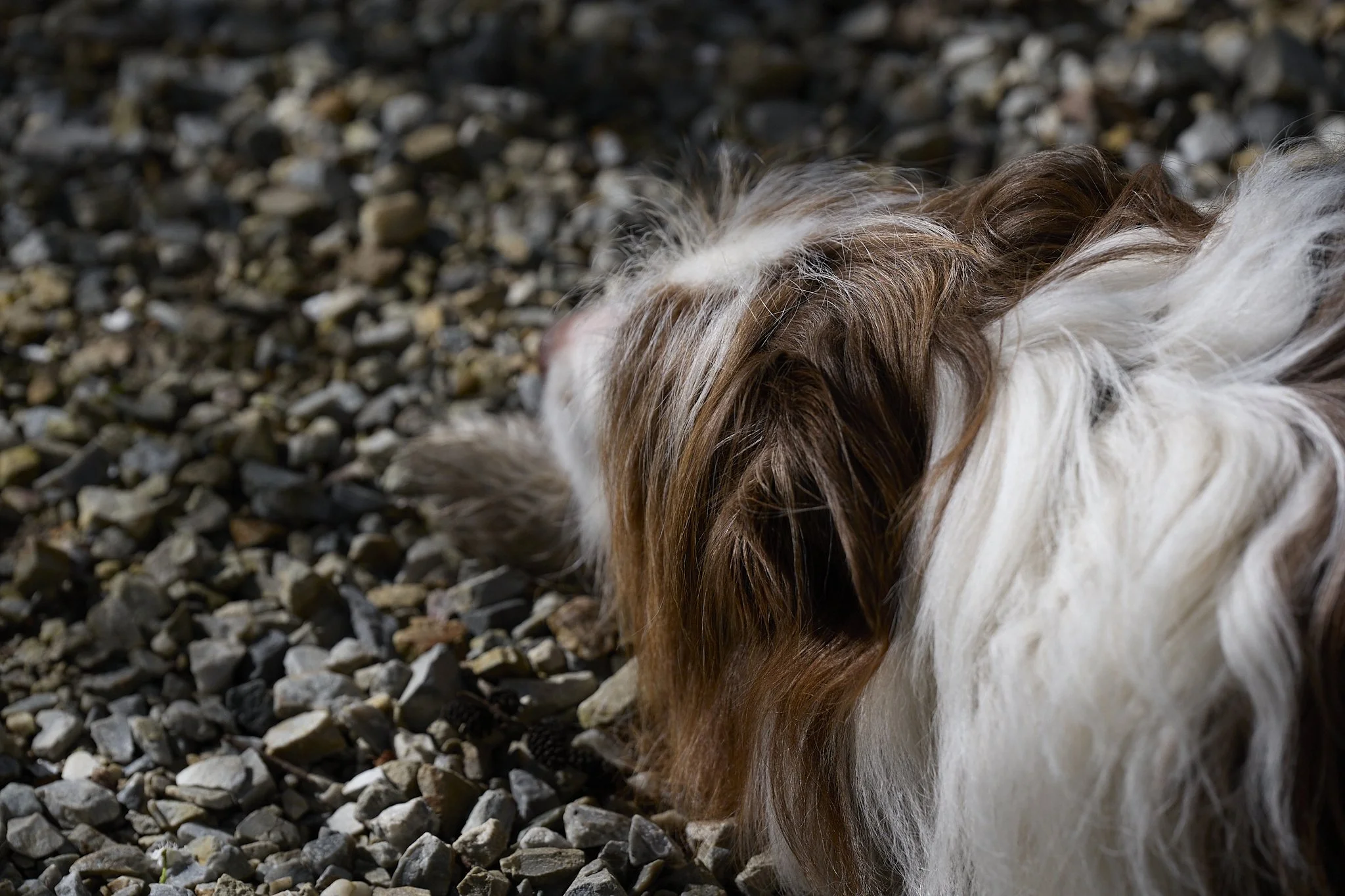I had settled on the BMPCC4k as my logical path forward, the prospect of a dedicated BM video camera with B-Raw and ProRes Raw, the potential of freeing up an existing hybrid cam for stills work and to be honest, the fun of exploring something new were all at play and for a little more than a BMVA 7” 12g alone, it made sense to wrap a camera around a new recorder.
Looking at my current kit however, I may pull the pin on that.
The logic was based on a recent experience as a sole operator, needing three cams at once to do a large concert. I only used two because that was all I and a friendly assistant could attend to.
The GH5s + 7”/12g as the usual static endurance cam, the G9II + 5”/12g as the mobile cam (using dual anamorphic lenses-another thing to address). The S5, my low light specialist was not used.
The main reason the S5 was not used was because I did not have anyone to watch it, so I simply did not take it. I actually did have a need, but with only two BMVA’s, 2 SSD’s and 2 anamorphic lenses in MFT mount how would I have managed it anyway?
Looking at the G9II, I have to admit, full V-LOG in ProRes HQ out to an SSD is not to be sneezed at. The bit rate is high (up to 237 MB/S max), processing should be easy on a Mac (ProRes is an Apple codec) and the clean usability of an unencumbered G9II with an optional light weight Portrays 5” screen may be ideal for its role as mobile cam.
I had some trouble handling the G9II with the BMVA 5” on it when moving and mounting-unmounting it from a tripod.
The elegant perfection that is the G9II, bare bones. With the BMVA 5” mounted, it is not as easy to run.
A ProRes HQ-shooting G9II would have to have white balance, sharpening etc baked in, but it would also be able to apply its full range of internal support settings and dynamic range. It would be the camera in hand, so getting these things right would be easy enough and it is my most capable video camera in many ways.
It may seem odd, but sometimes I have felt connecting it to a BMVA was a waste f its otherwise excellent capabilities, unlike the GH5s and S5 which both benefit from the upgrade.
I would always have the option of adding a BMVA with it if needed (2 cams is often plenty) and have to ask the question, how often would I actually need a third Raw capable camera?
Most interviews would be an A and B static cam, the floating third cam could be the G9II in ProRes. If I need a 4th cam, the S5II can only shoot V-Log and my 5th and 6th (G9Mk1’s) can only do Natural profile, so there is always a point of compromise.
I could also drop both ideas and swing a cage for the 7”, maybe a Sirui anamorphic for L-mount (making three overall) or the Vespid 40mm.
Getting the BMPCC4k camera would likely mean using the G9II without a VA anyway (the GH5s and S5 are best supported by the BMVA’s). The BMPCC4k would effectively mean I would have three static cams, the G9II still filling the role of movement cam, possibly with no B-Raw option. I could end up with a Panasonic doing nothing.
A third SSD, maybe an anamorphic lens and other bits are more important and I am finding the 7” a handful on it’s mount, so something a cage could help with.
*
So, adding a BMPCC4k would add another B-Raw capable camera, but not change the G9II’s role unless I want to do three MFT cams. Adding a third BMVA 12g may equalise the G9II with it’s mates, but would it loose it’s mobility, be a bulky load and do I need to spend $1000 for a rarely used extra?
By dropping a third B-Raw option (for now, always time later) and making the most of the G9II’s form factor and special capabilities, I could round out my anamorphic offer to three lenses that match my cameras with three different focal lengths* (2x 24mm’s on my 2x and 1.8x MFT crops cams and a 50mm on APS-C* or a 50/35 for MFT), then sort the third SSD I need regardless and a cage for the 7” monitor.
Cine glass is my Achilles heel, something that keeps calling me because it is not only practical, but fun. The Sirui is gone now, fallen away as just one too many options.
First thing tomorrow, I will test the ProRes HQ codec vs B-Raw on the G9II and see if it is a thing or not.
Ed. Test done (a set of streamers blown by a fan). The ProRes HQ and All-i V-Log files held up well, They did not have the colour depth of Raw, but were more than enough to get the job done. The B-Raw versions, 8:1 and Q5 were also plenty.
*(GH5s +24 ) 43/28 + (G9II +24) 48/32 + (S5 +50) 75/50 or (G9II +50) 100/66 ~ (GH5s +50) 90/60 or (G9II +35) 70/45 ~ (GH5s +35) 65/40 depending on MFT camera used. The main question is, do I want to use three cameras at one time or just support MFT?


